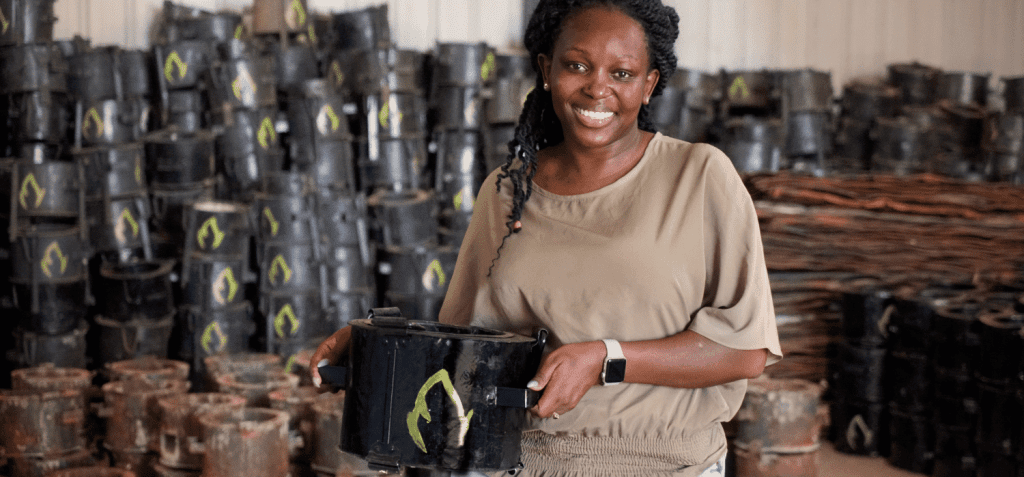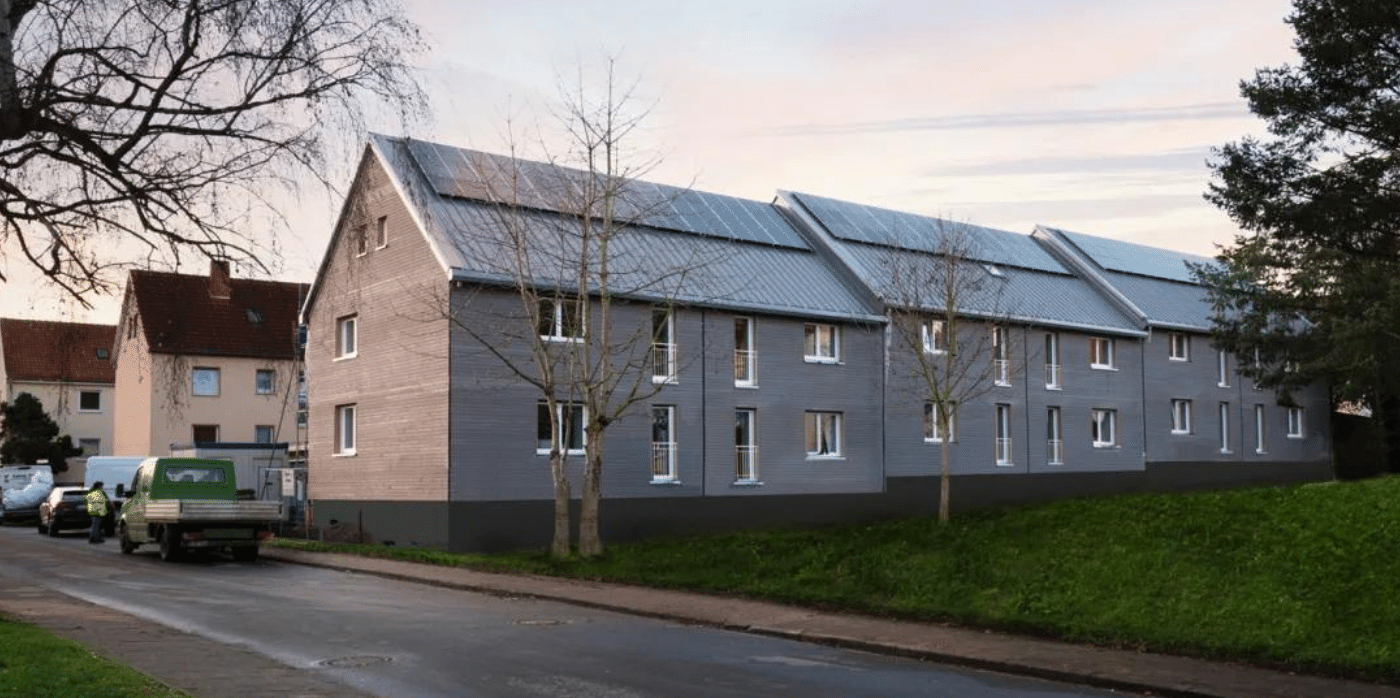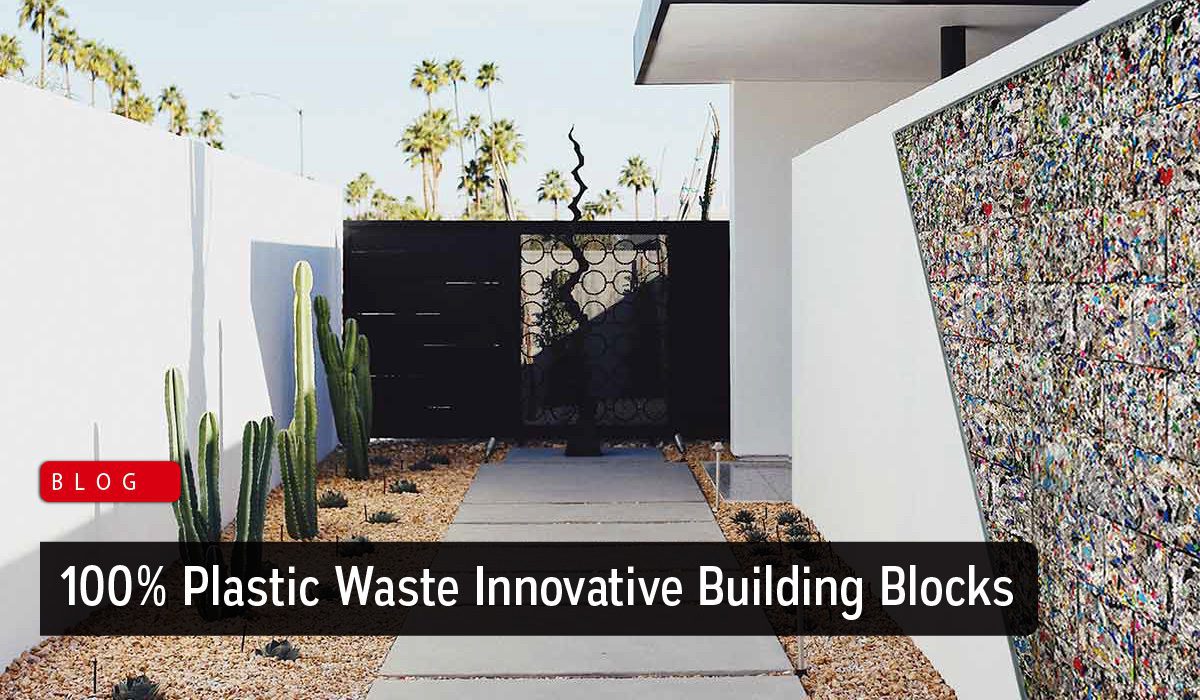Smart and Stylish: 6 Innovative Home Products Deftly Designed for Modern Life
Architizer’s A+Product Awards is open for submissions, with the Extended Entry Deadline fast approaching on Friday, February 23rd. Get your products in front of the AEC industry’s most renowned designers by submitting today.
The time we spend at home has been on a steep incline over the past few years. Much of this time is accounted for by the considerable rise in people working from home. However, it’s not all work. Spending time on other activities at home has also seen a dramatic surge. For many people, their home has become their sanctuary, opting for intimate dinner parties over visiting lavish restaurants and cozy movie nights on the sofa above dancing in crowded nightclubs. Our homes are our offices, our gyms, our libraries, our playgrounds, and, in some cases, even our supermarkets. It is thanks to this shift in societal behavior that we are changing our view of what our homes are and what we need them to do for us, and with that, how we choose to furnish them is changing, too.
Homeowners are investing more in their homes, aiming to make their places of refuge as functional, comfortable, and efficient as they can — adopting new technologies to create spaces that are adaptable and places that can cater to an evolving lifestyle.
As of 2024, there are over 400 million smart homes worldwide, expected to reach 478.2 million by 2025. In the United States alone, over 60.4 million households are using smart home devices as of 2023, and this figure has grown to approximately 69.91 million households actively using smart home devices in 2024. Ease of use and functionality have become key factors in how we use our homes. The following products were designed to be as practical as they are stylish — as A+Product Awards winners, they also all received accolades from Architizer’s stellar jury of industry experts, comprising 200+ renowned architects and designers that truly understand what it takes to create great buildings and spaces:
Workstation Sinks
By Delta Faucet
Jury Winner, 2022 A+Product Awards, Kitchen & Bath, Fixtures & Fittings – Kitchen
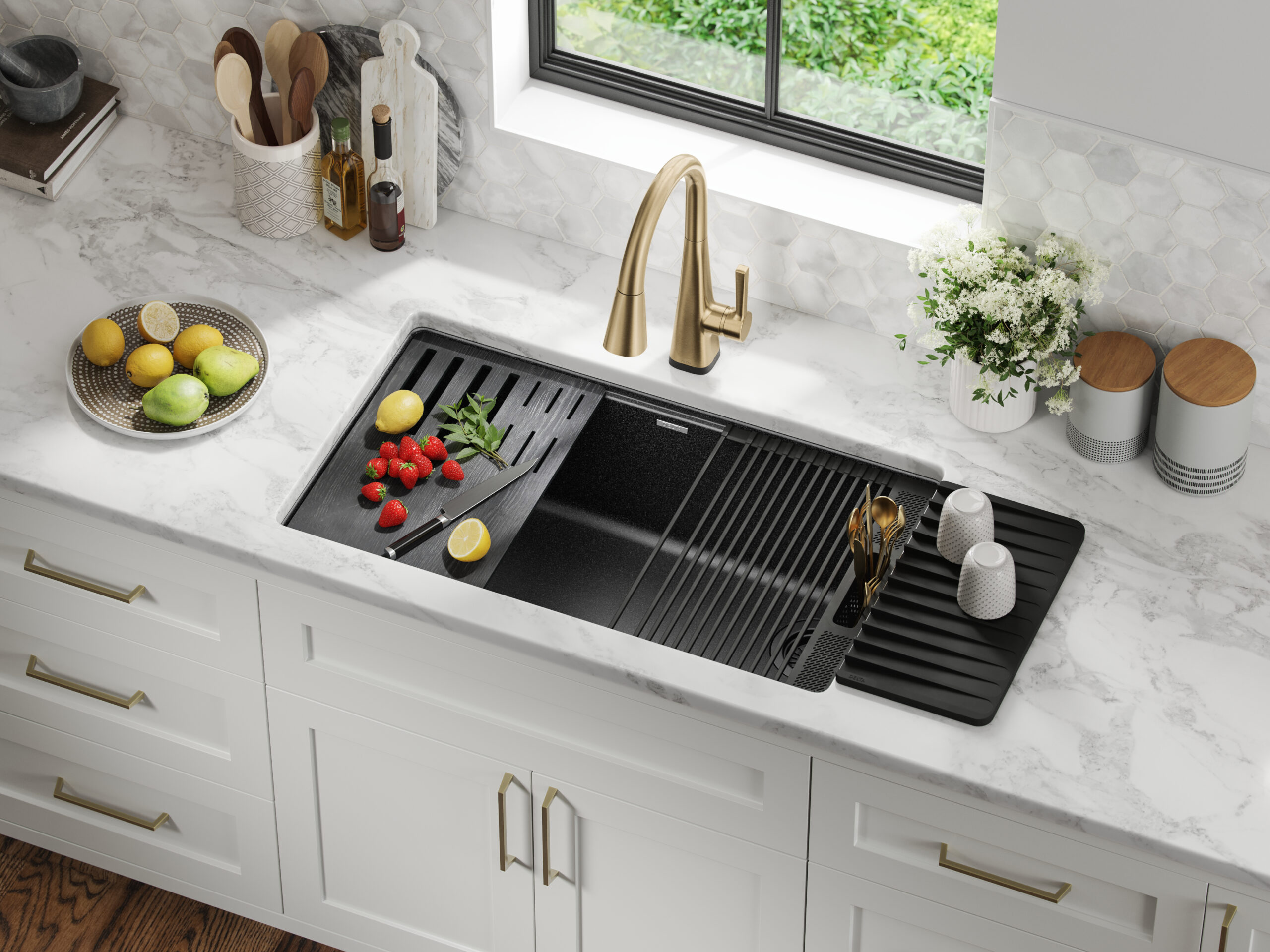 If you’ve been on social media any time in the last year, you’re bound to have seen a workstation sink. The multifunctional units are the envy of every avid home chef, and this version by Delta Faucet is terrific. Designed to meet the evolving needs of modern kitchens, the workstation sinks are a blend of Delta Faucet water-delivery expertise and functional design. Each Workstation sink is sleek in design and offers a multifunctional workspace through its built-in WorkFlow™ ledge. The adaptable sink space is equipped with integrated accessories like cutting boards, dish racks, utensil holders and even a ledge to hold your phone or tablet. Constructed from durable TRU16 gauge stainless steel and featuring noise-reducing soundproofing, these sinks are designed for both durability and quiet operation.
If you’ve been on social media any time in the last year, you’re bound to have seen a workstation sink. The multifunctional units are the envy of every avid home chef, and this version by Delta Faucet is terrific. Designed to meet the evolving needs of modern kitchens, the workstation sinks are a blend of Delta Faucet water-delivery expertise and functional design. Each Workstation sink is sleek in design and offers a multifunctional workspace through its built-in WorkFlow™ ledge. The adaptable sink space is equipped with integrated accessories like cutting boards, dish racks, utensil holders and even a ledge to hold your phone or tablet. Constructed from durable TRU16 gauge stainless steel and featuring noise-reducing soundproofing, these sinks are designed for both durability and quiet operation.
Statement Showering Collection
By Kohler Co.
Jury Winner, 2022 A+Product Awards, Kitchen & Bath, Fixtures & Fittings – Bath
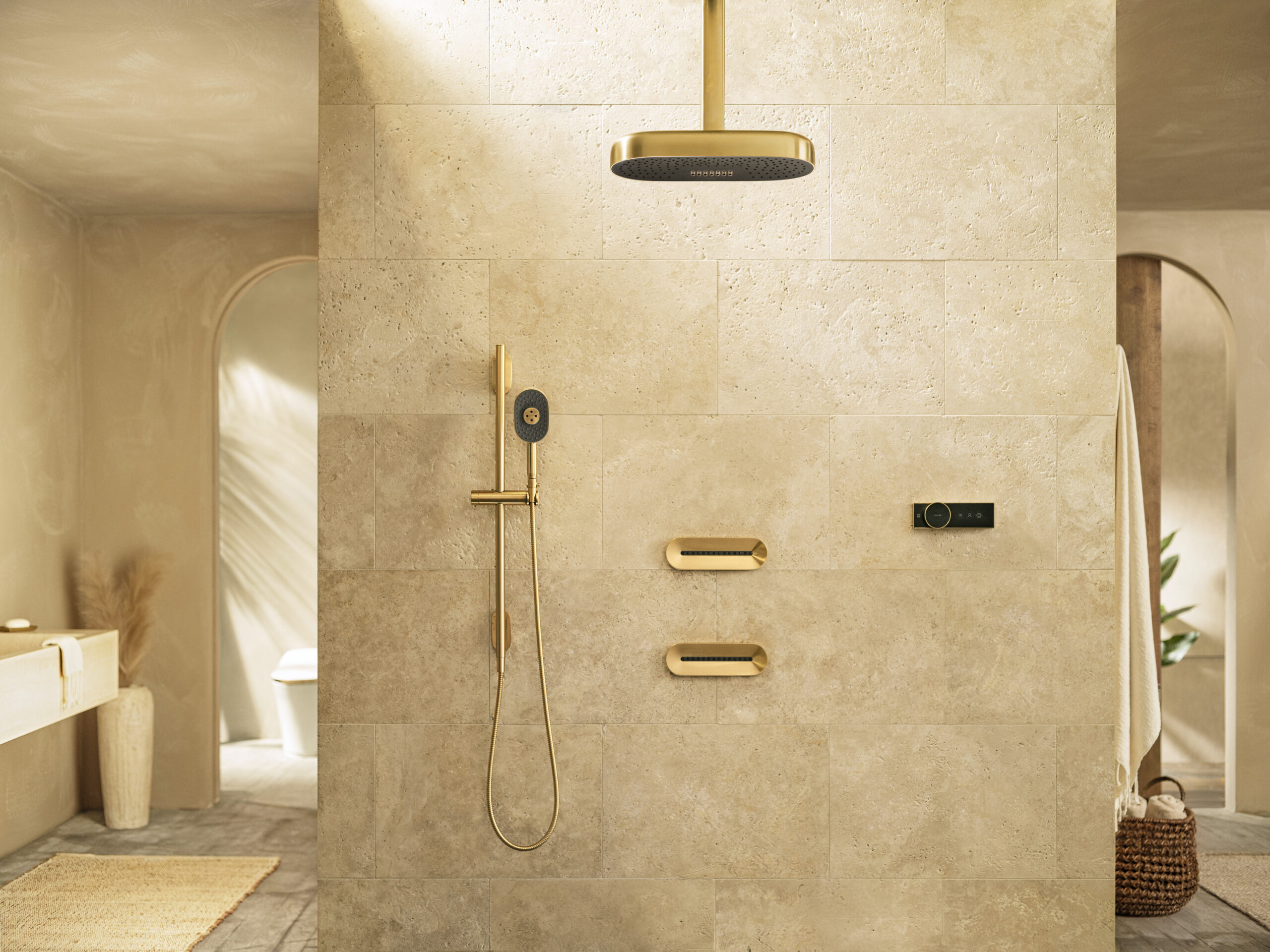 Often, the goal of technology is to increase functionality and make things easier, but sometimes, it’s about pure luxury, and that was Kohler’s goal when creating the Statement Shower Collection—exquisite design paired with innovative performance to create the ultimate well-being experience.
Often, the goal of technology is to increase functionality and make things easier, but sometimes, it’s about pure luxury, and that was Kohler’s goal when creating the Statement Shower Collection—exquisite design paired with innovative performance to create the ultimate well-being experience.
The Kohler Statement™ showering collection transforms the shower experience, offering a unique blend of form, function, and flair. Drawing inspiration from furnishings and lighting, the collection’s designs integrate seamlessly into any space, encouraging personal expression through a variety of shapes, sizes, finishes and innovative spray experiences. This global line is designed for universal appeal, ensuring easy installation and specification across different regions. Kohler’s approach reimagines modern minimalism, blurring the boundaries between rooms and promoting a cohesive and warm aesthetic. The Statement collection marries powerful functionality with design sophistication to create an immersive environment.
36 Induction Cooktop with Integrated Ventilation
By Fisher & Paykel
Jury Winner, 2022 A+Product Awards, Kitchen & Bath, Appliances
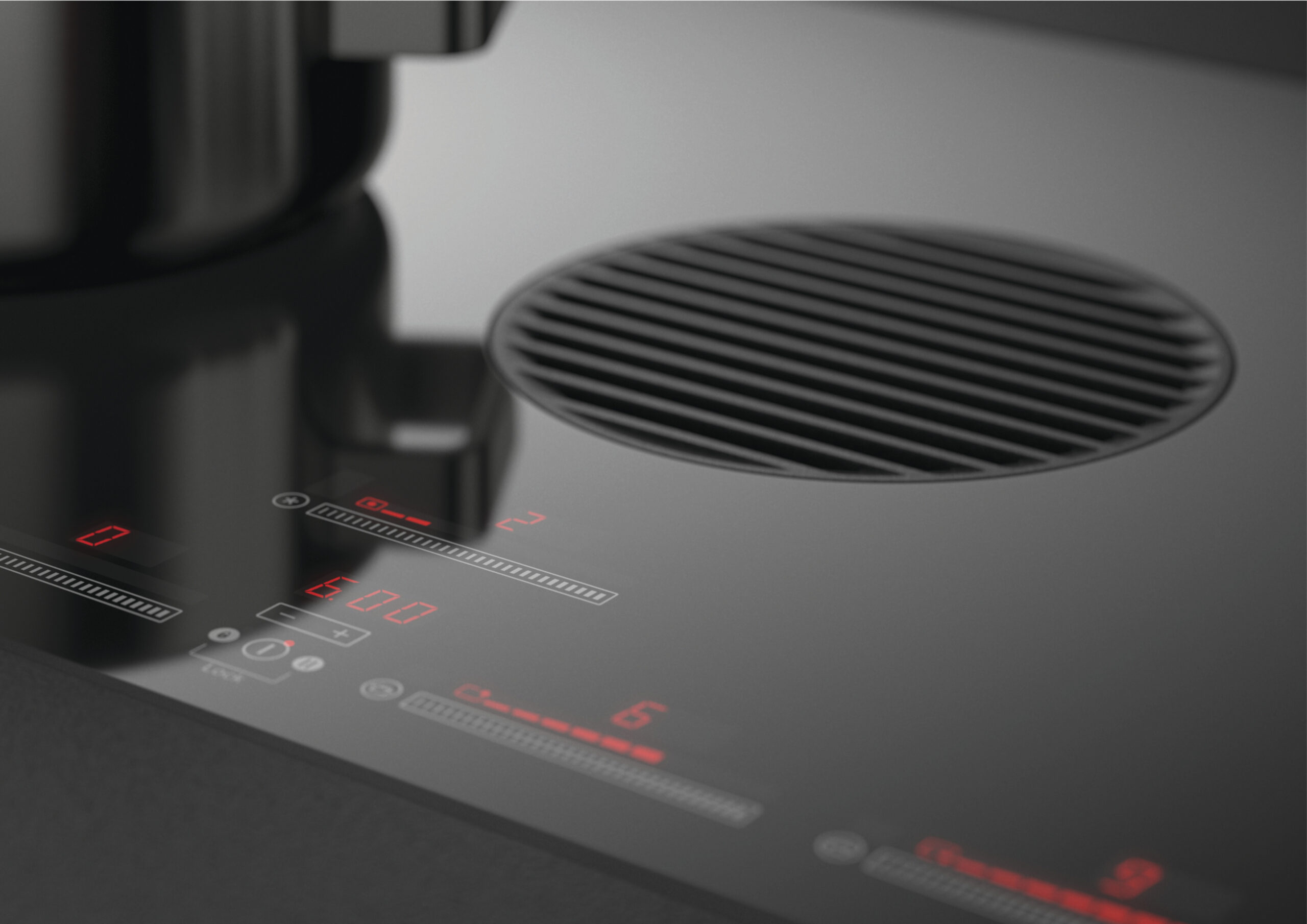 The average kitchen extractor or cooker hood has never been the most attractive of appliances. While they have a valid purpose in most homes, bulky, shiny and painfully noisy are but a few choice descriptives for the standard extraction system, and because of these unfortunate characteristics, these silver suckers have been rapidly falling out of favor with designers and homeowners alike. But what do you do when you have poor ventilation and a fondness for aromatic foods? The answer— downdraft extractors. A relatively new innovation in kitchen design, downdraft extractors offer a sleek and discreet alternative to traditional overhead cooker hoods. They’re designed to be flush with the kitchen countertop and extract air directly from the hob when in use, making them especially suitable for kitchen islands or where a clear line of sight is preferred.
The average kitchen extractor or cooker hood has never been the most attractive of appliances. While they have a valid purpose in most homes, bulky, shiny and painfully noisy are but a few choice descriptives for the standard extraction system, and because of these unfortunate characteristics, these silver suckers have been rapidly falling out of favor with designers and homeowners alike. But what do you do when you have poor ventilation and a fondness for aromatic foods? The answer— downdraft extractors. A relatively new innovation in kitchen design, downdraft extractors offer a sleek and discreet alternative to traditional overhead cooker hoods. They’re designed to be flush with the kitchen countertop and extract air directly from the hob when in use, making them especially suitable for kitchen islands or where a clear line of sight is preferred.
Fisher & Paykel have taken this innovation to the next level and integrated a downdraft extractor into their 36 Induction Cooktop. A true two-in-one appliance, the induction cooktop, with accurate temperature control, combines the precision of induction cooking with powerful extraction, meaning no more ugly overhead extractor.
30-Inch Column Refrigerator
By Dacor
Popular Choice Winner, 2022 A+Product Awards, Building Systems, Smart Design & Technology
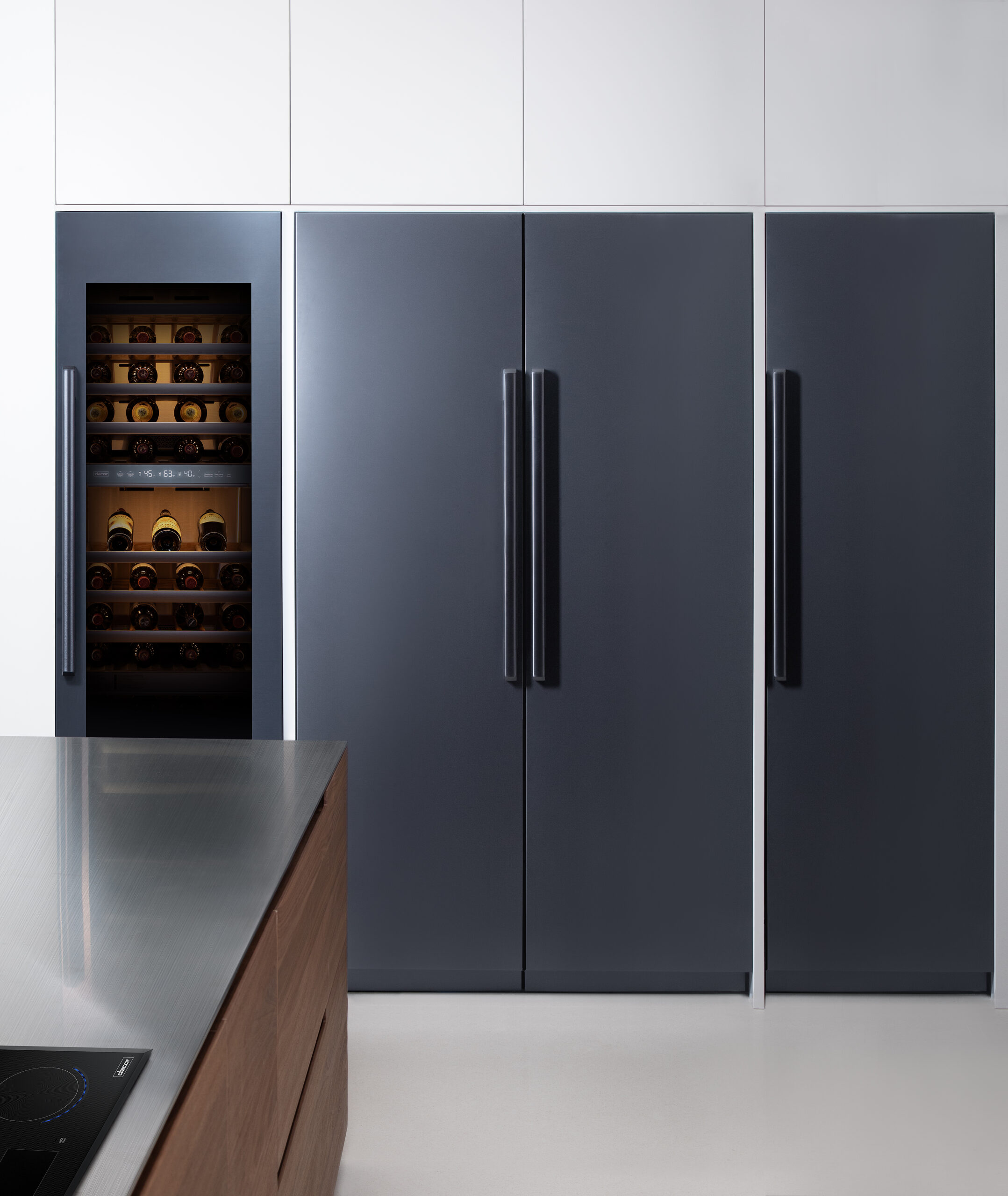 A fridge is a fridge, right? Wrong! The 30-inch Column Refrigerator by Dacor is the epitome of refrigerator technology. Placing technology at the forefront, the innovative fridge boasts intuitive features such as the iQ Remove View, which allows users to control temperature and lighting remotely and even view the contents of their refrigerator to simplify grocery shopping and a hidden touch-control display panel regulates temperature, helping to preserve food freshness and extending the lifespan of your groceries.
A fridge is a fridge, right? Wrong! The 30-inch Column Refrigerator by Dacor is the epitome of refrigerator technology. Placing technology at the forefront, the innovative fridge boasts intuitive features such as the iQ Remove View, which allows users to control temperature and lighting remotely and even view the contents of their refrigerator to simplify grocery shopping and a hidden touch-control display panel regulates temperature, helping to preserve food freshness and extending the lifespan of your groceries.
The refrigerator doesn’t just stop at technological prowess, though; its sleek design comes in three high-end finishes and can be fully integrated to sit flush with other kitchen cabinets, while the water dispenser is ingeniously fitted inside the unit to maintain the uninterrupted exterior finish.
Wilderness Front Facing 31H
By Ortal
Popular Choice and Jury Winner, 2022 A+Product Awards, Building Systems > Building Equipment & Systems
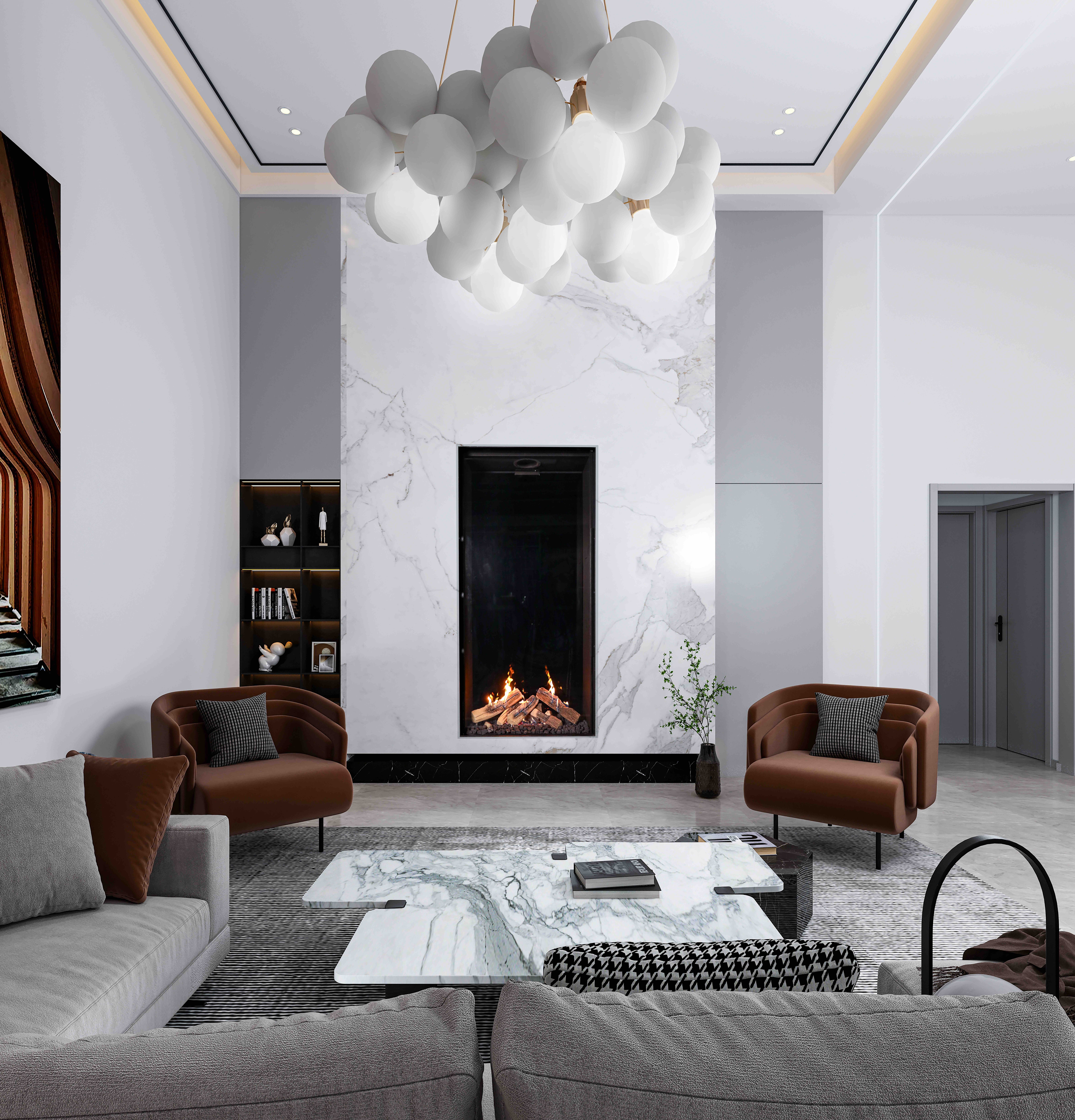 There’s nothing quite like sitting in front of the fire on a cold winter’s evening, but the thought of cleaning it out and lighting it, alongside environmental concerns, can quickly take the romance out of the idea of having a fireplace in your home.
There’s nothing quite like sitting in front of the fire on a cold winter’s evening, but the thought of cleaning it out and lighting it, alongside environmental concerns, can quickly take the romance out of the idea of having a fireplace in your home.
The Wilderness Front Facing 31H by Ortal removes those problems altogether. Drawing inspiration from the natural world to redefine the fireside experience, the beautiful feature fire uses advanced ceramic log technology with a soothing, nature-inspired aesthetic. The collection aims to provide a tranquil and memorable ambiance while the Wilderness Burner technology, available in variations like Wilderness Burner Dark Brown and Wilderness Burner Chopped Wood, pays homage to the timeless tradition of humans gathering around the hearth to tell tales and watch the world go by.
Ortal’s Front Collection takes the whole concept a step further by achieving the seamless integration of high-end contemporary frameless fireplaces into a building architecture with passive cool wall technology and powerful vent systems, and over 100 models with various media options to create unique and extraordinary focal points in any space.
Architizer’s A+Product Awards is open for submissions, with the Extended Entry Deadline fast approaching on Friday, February 23rd. Get your products in front of the AEC industry’s most renowned designers by submitting today.

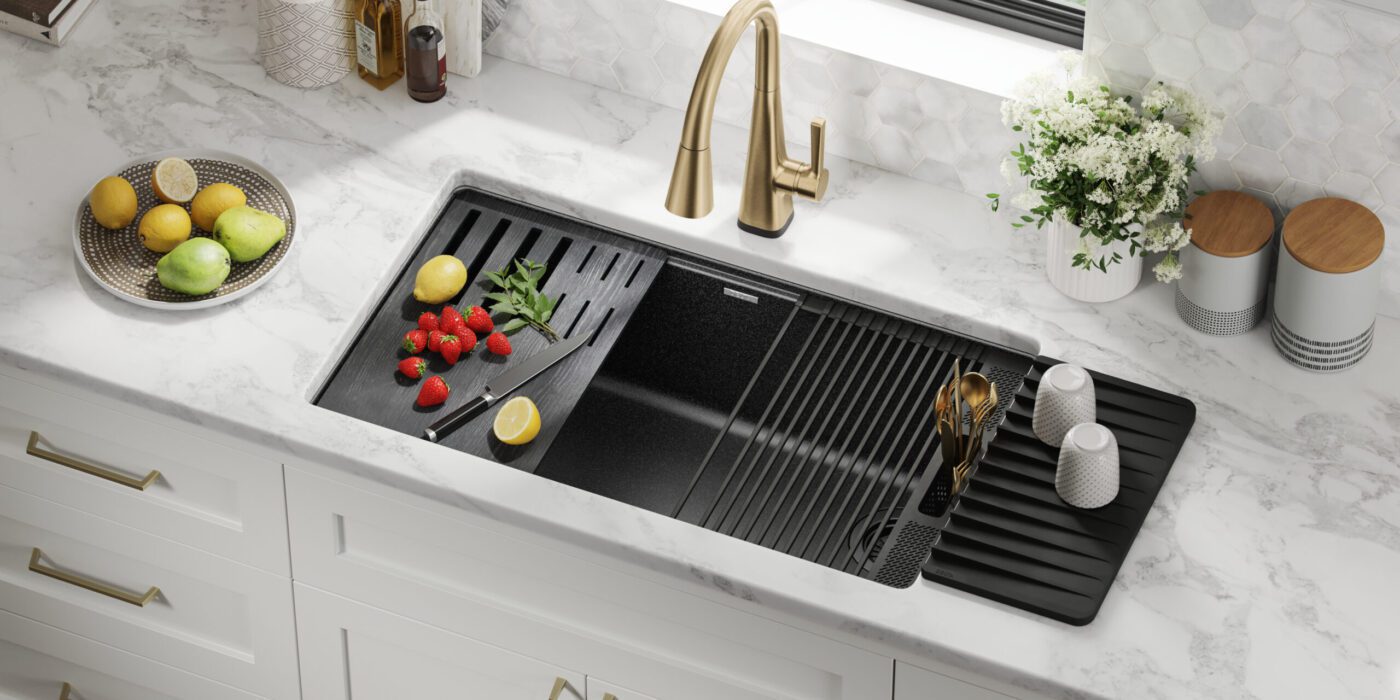
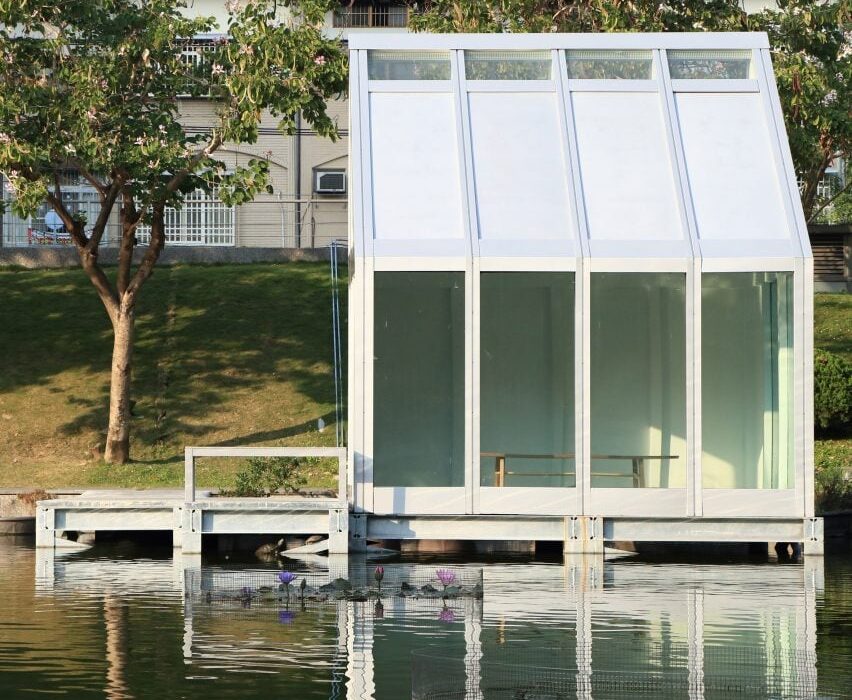
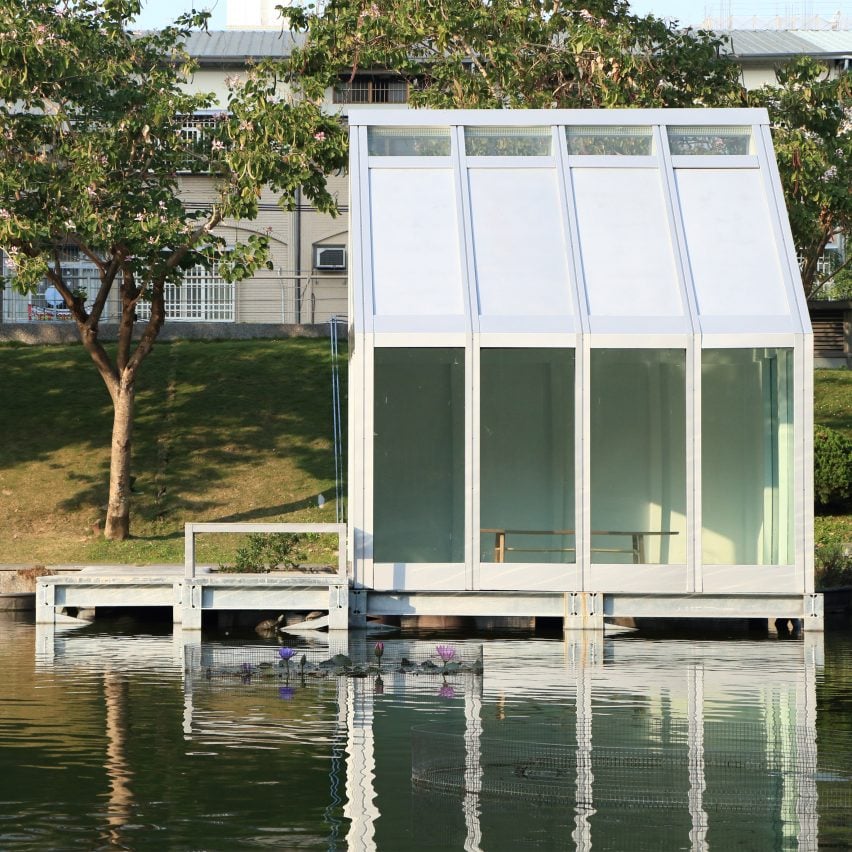
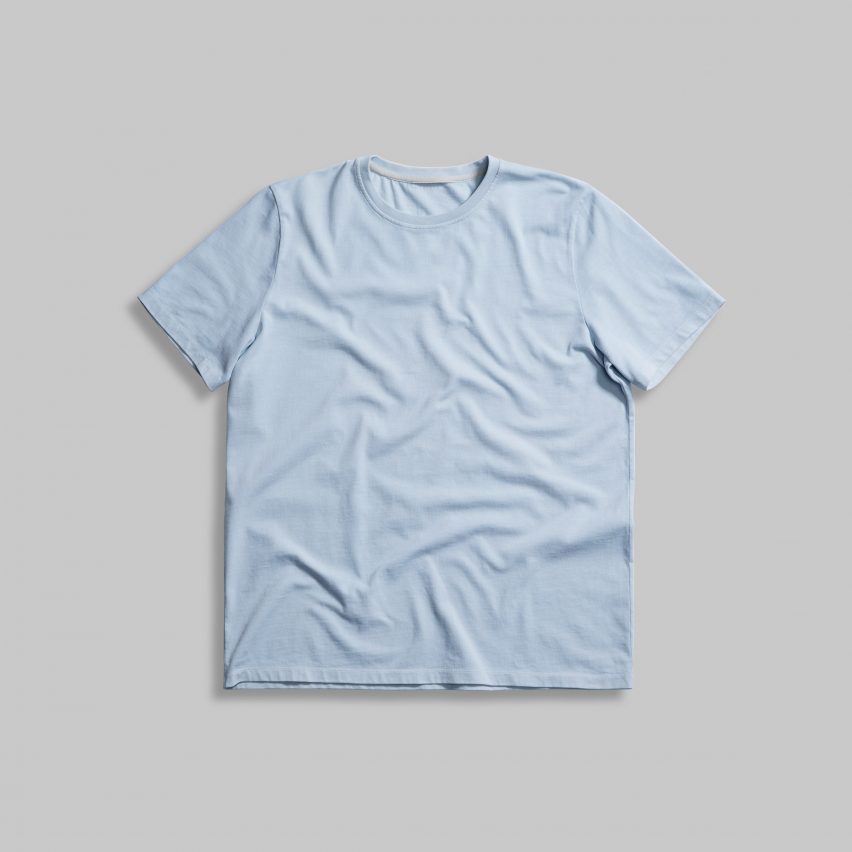
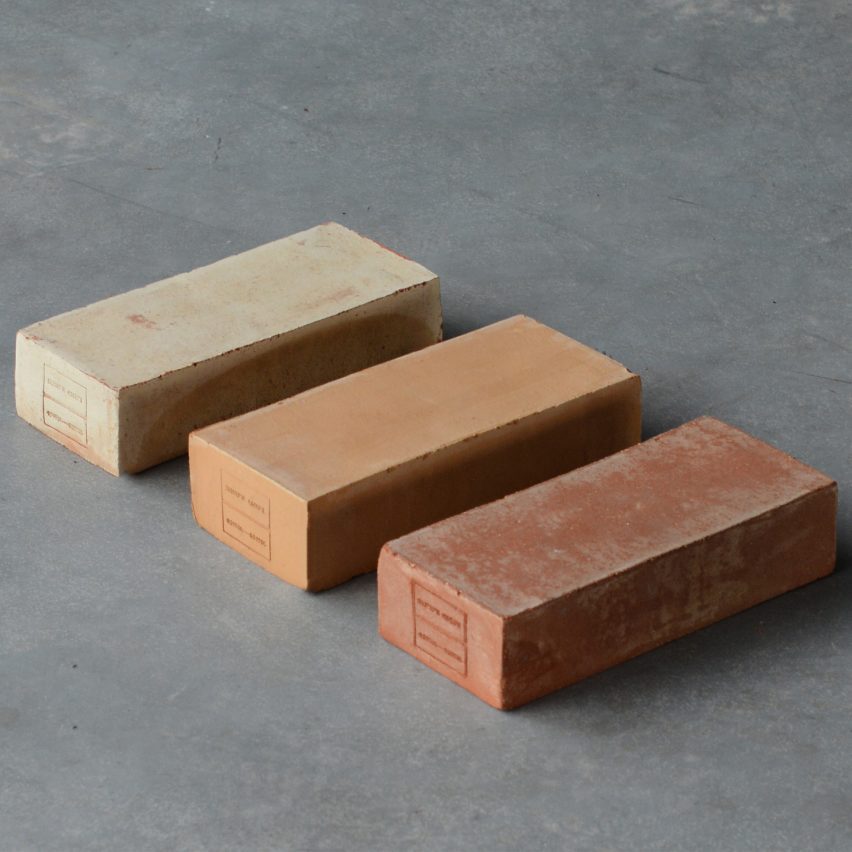
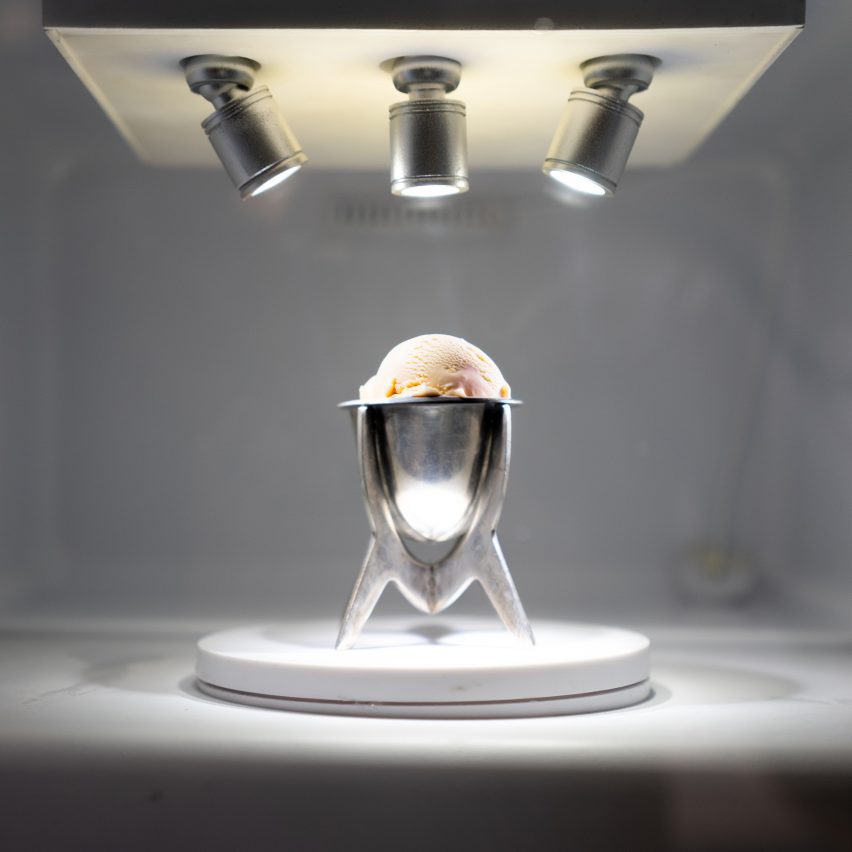
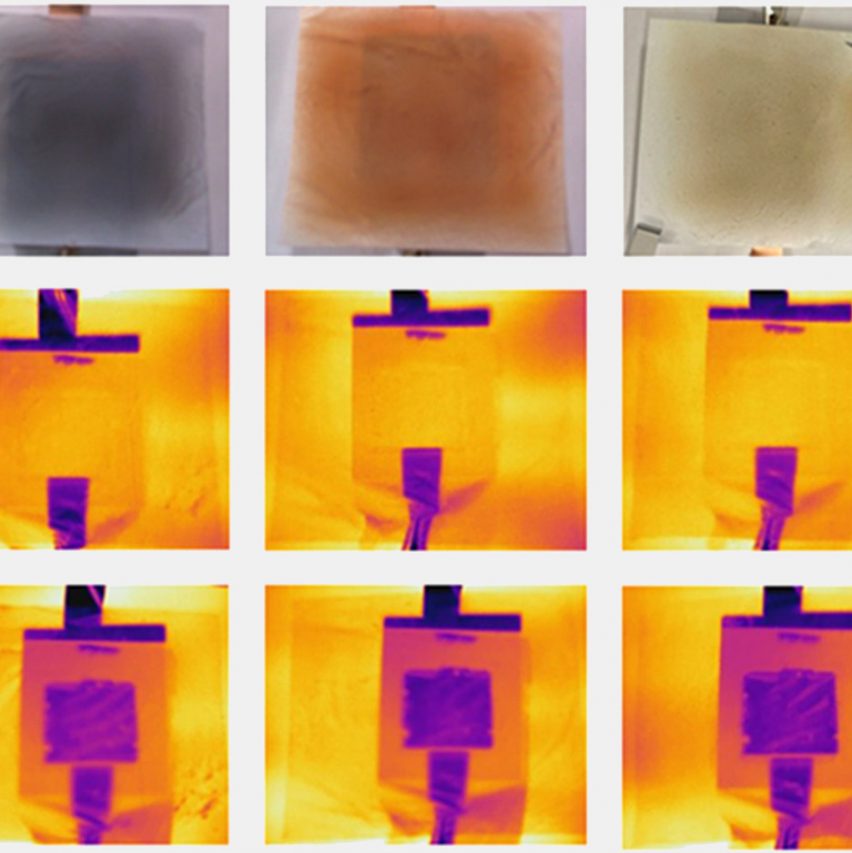
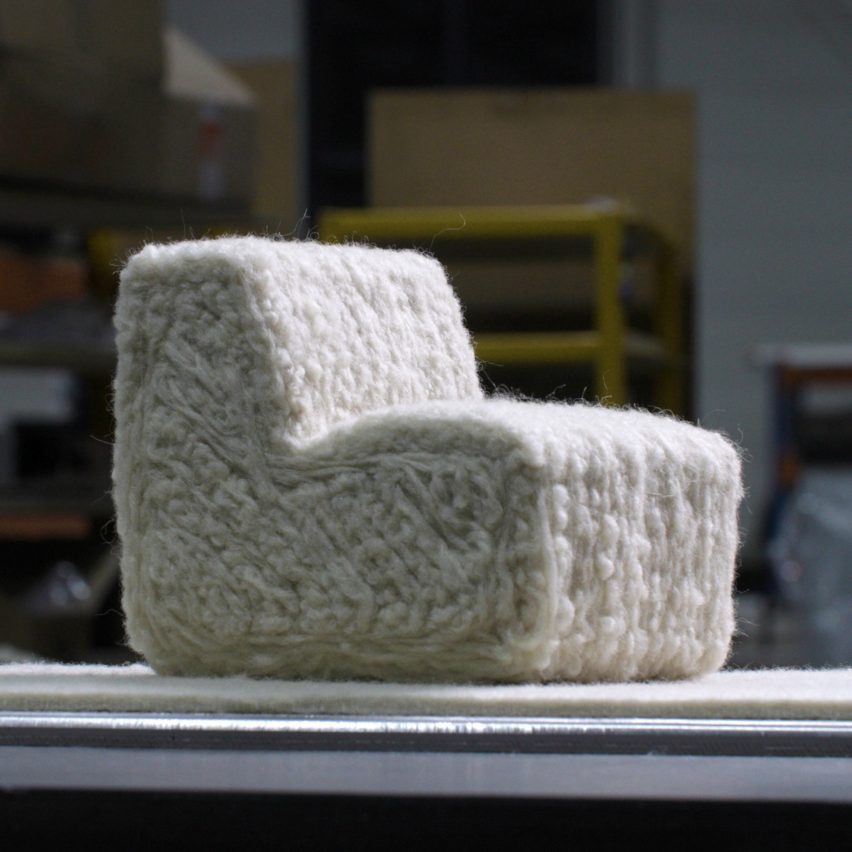
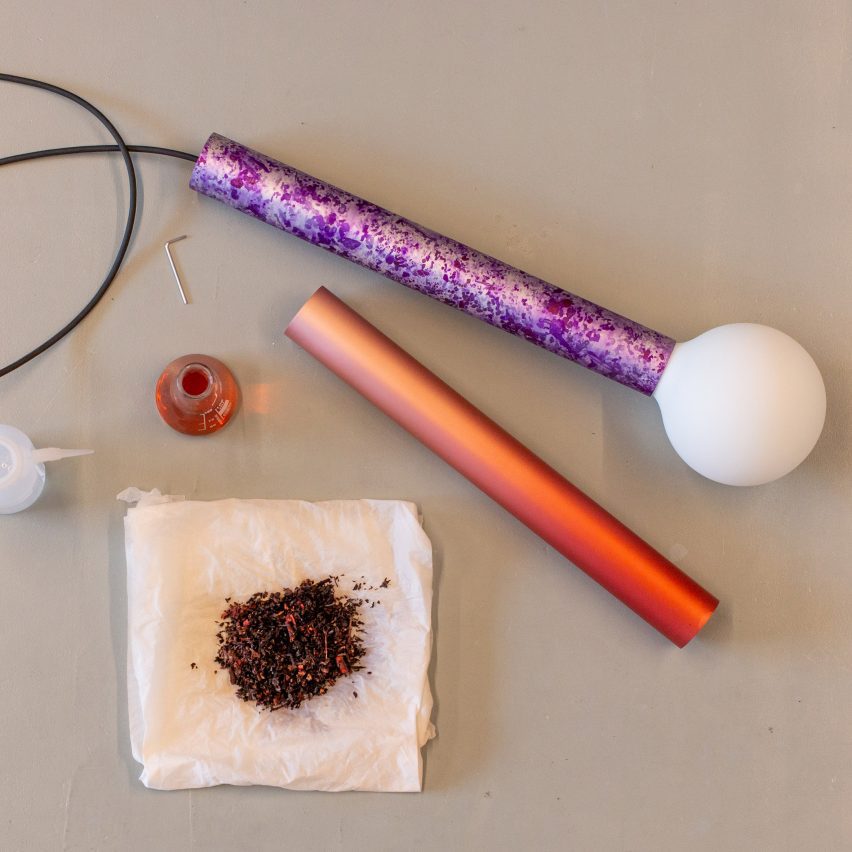

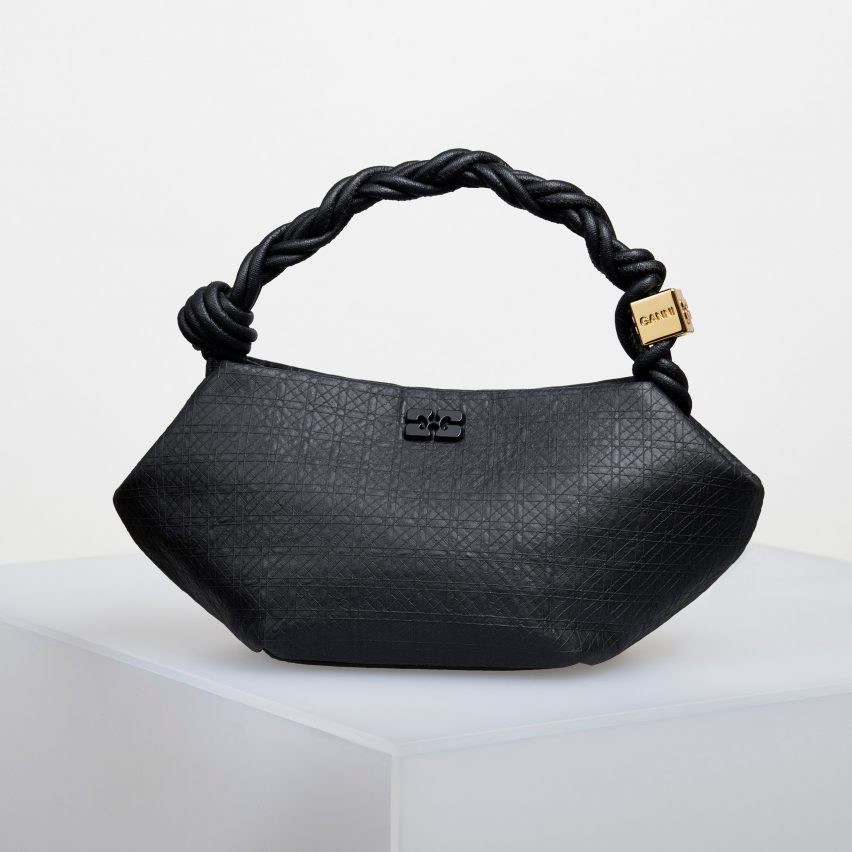


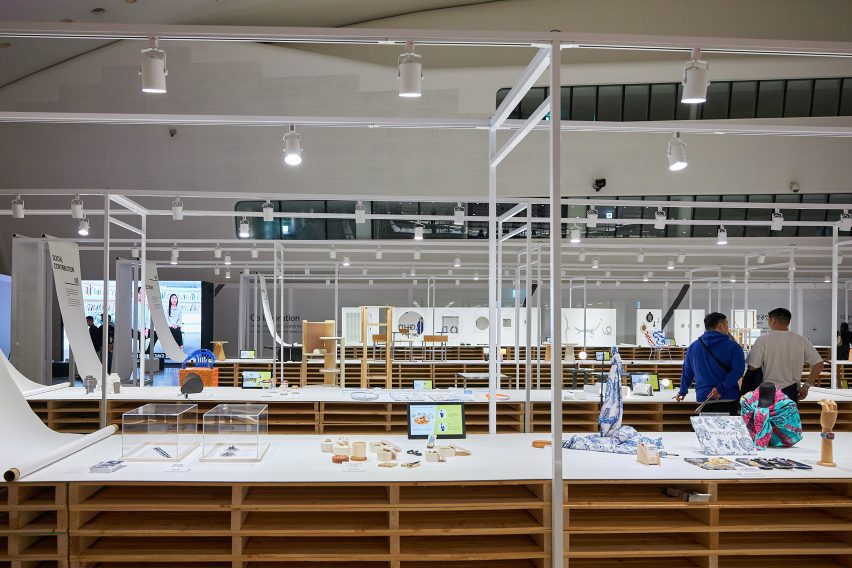
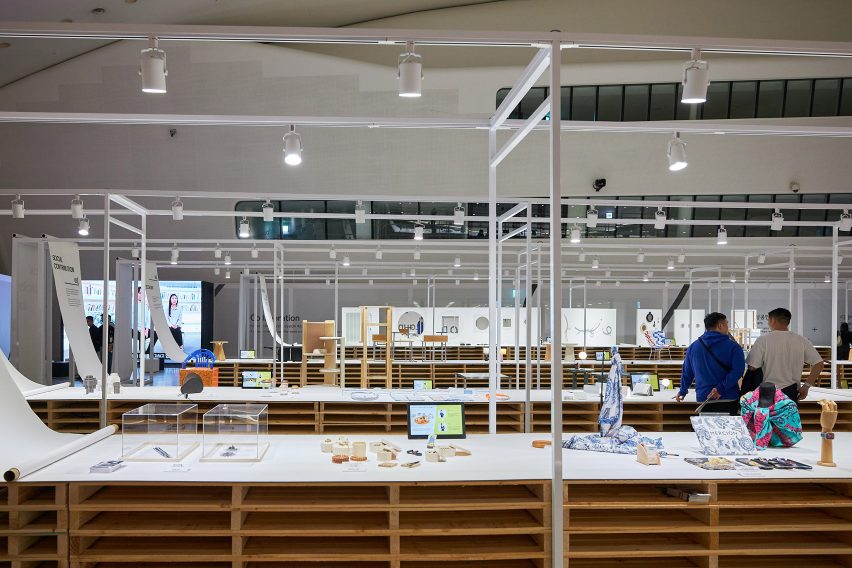
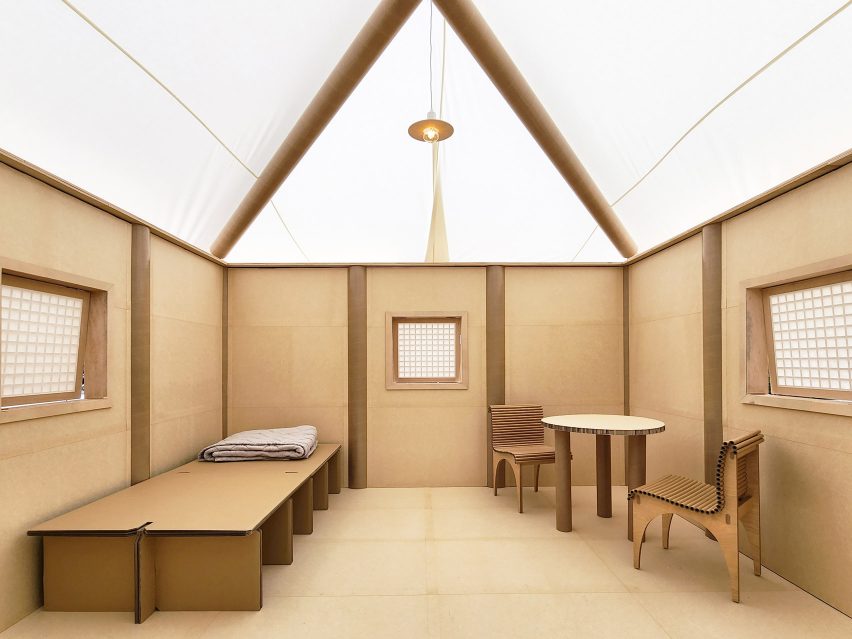
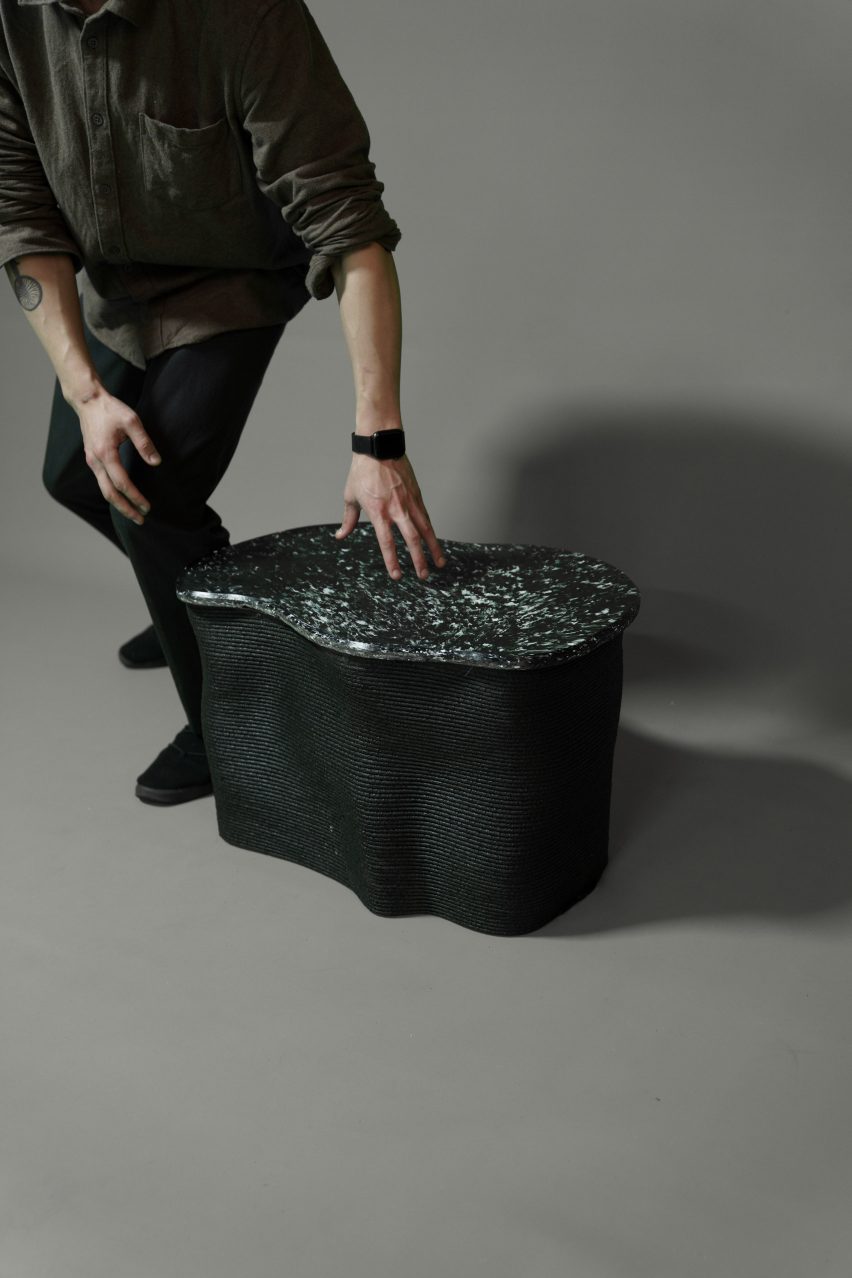
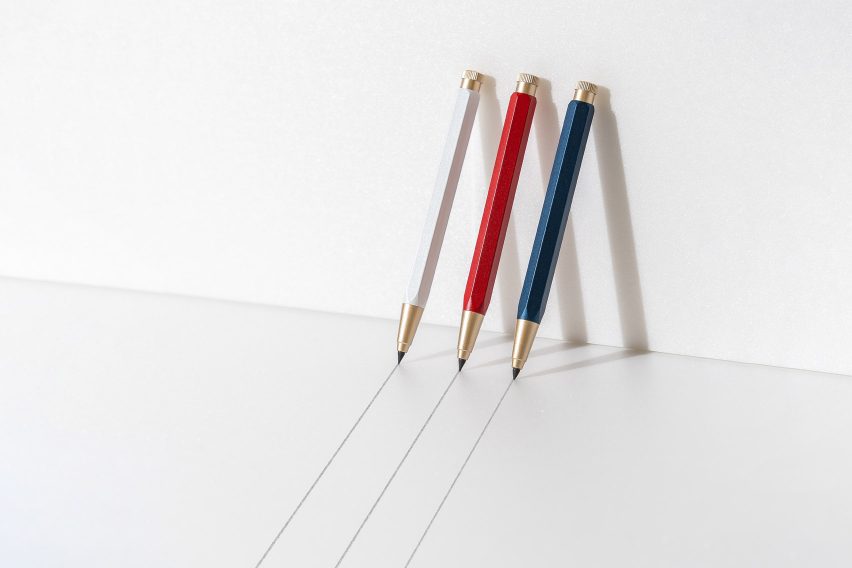
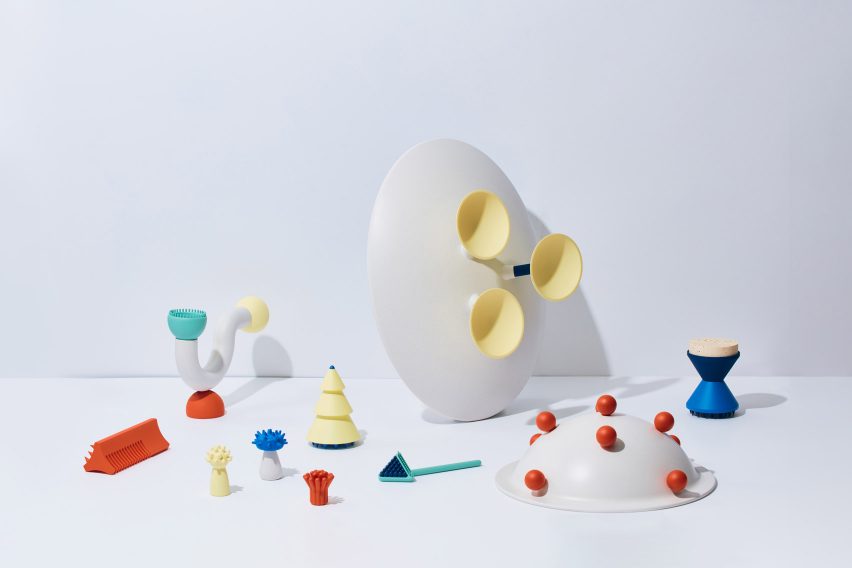
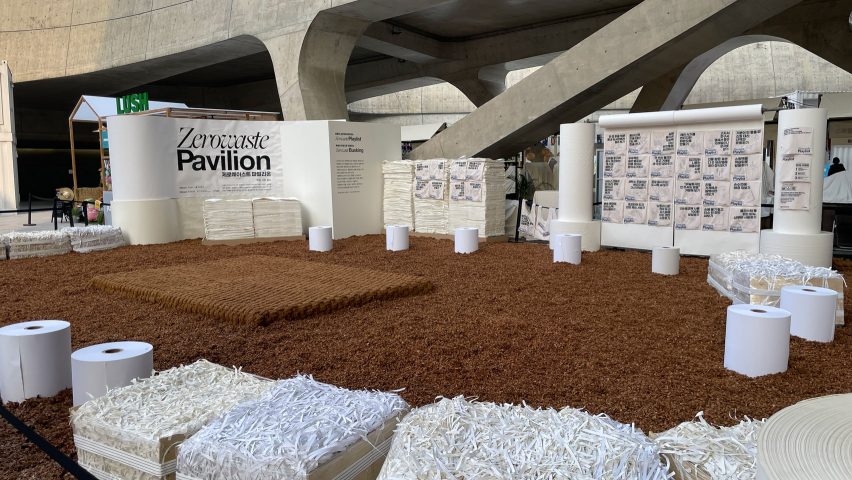
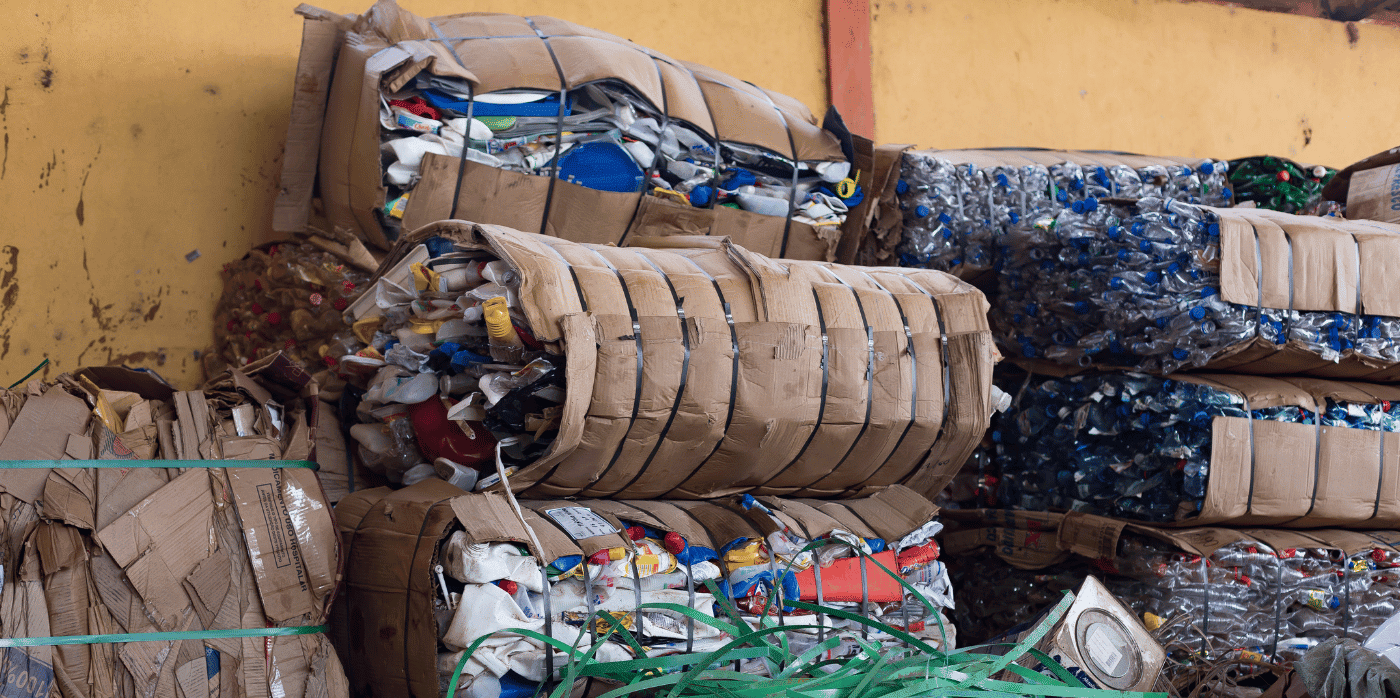

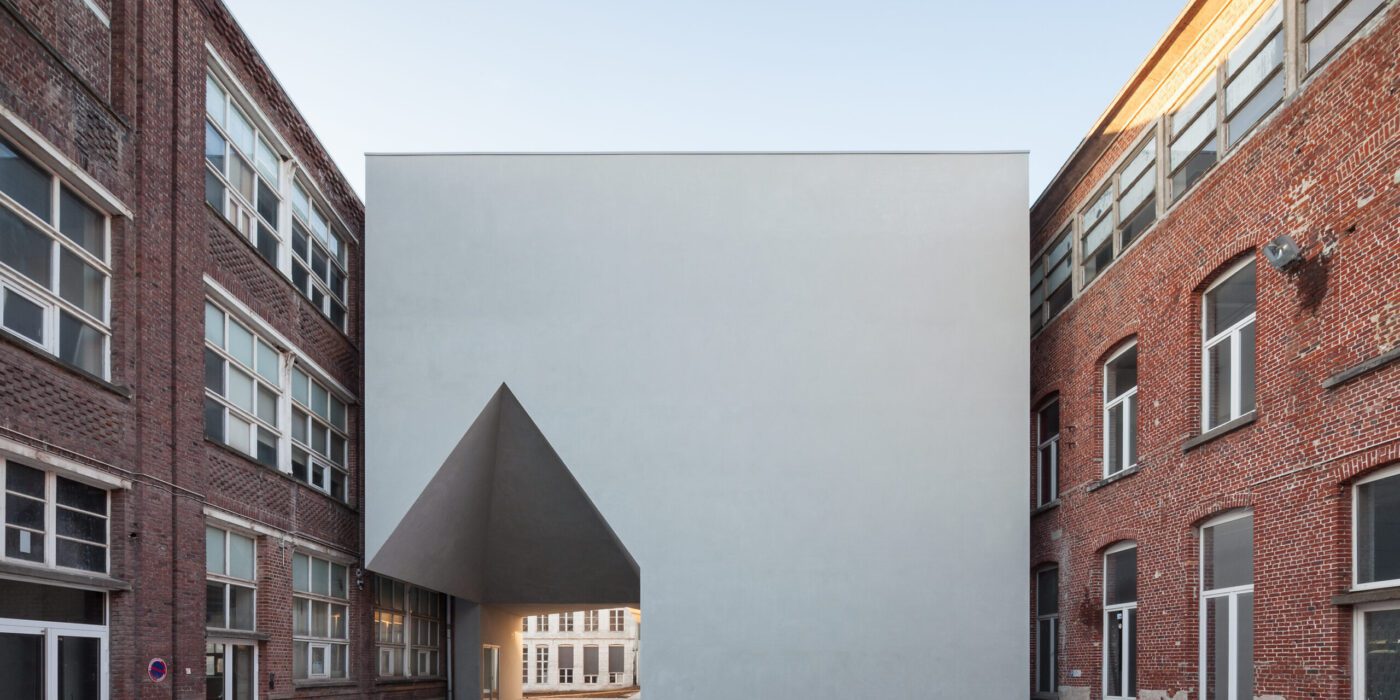
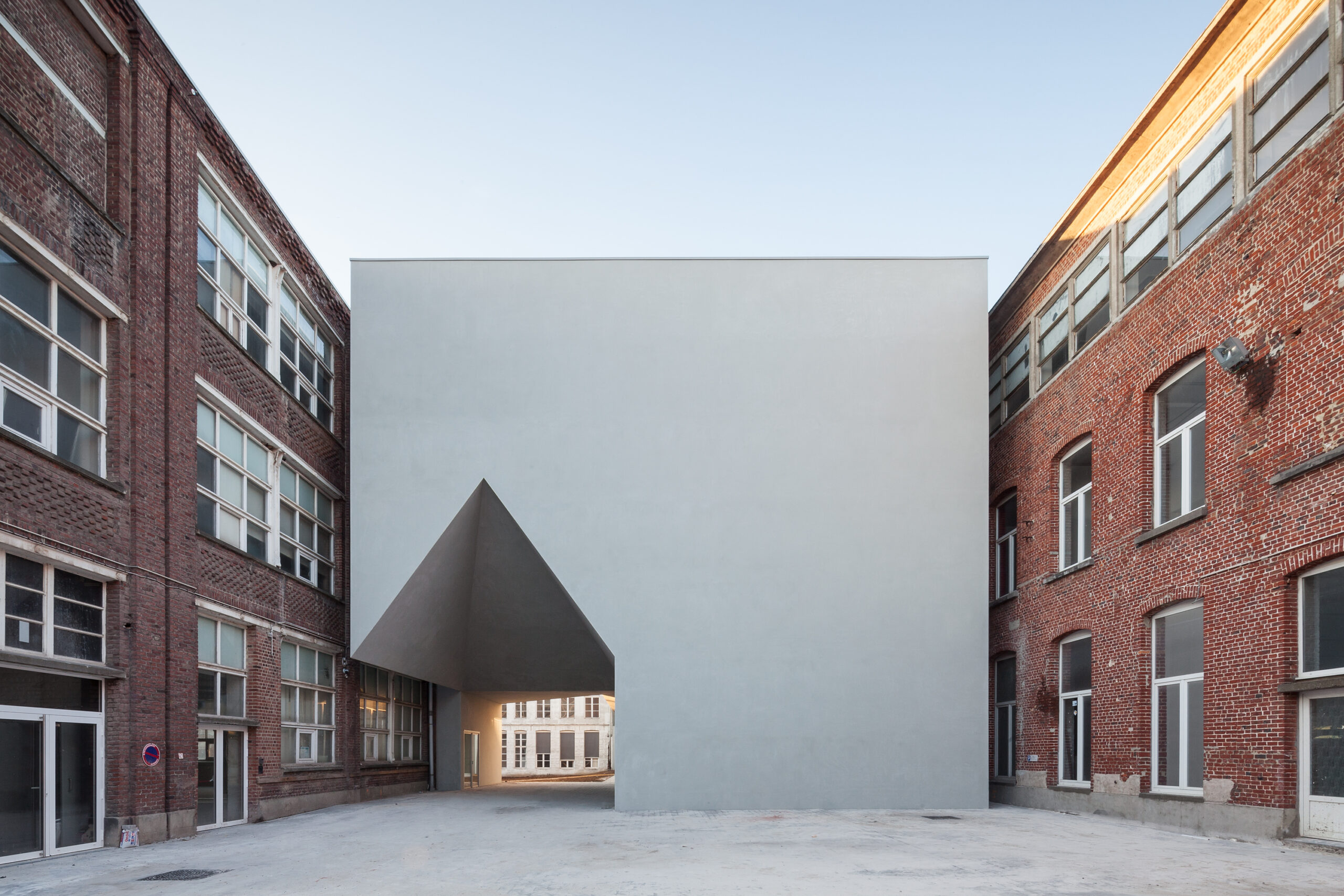

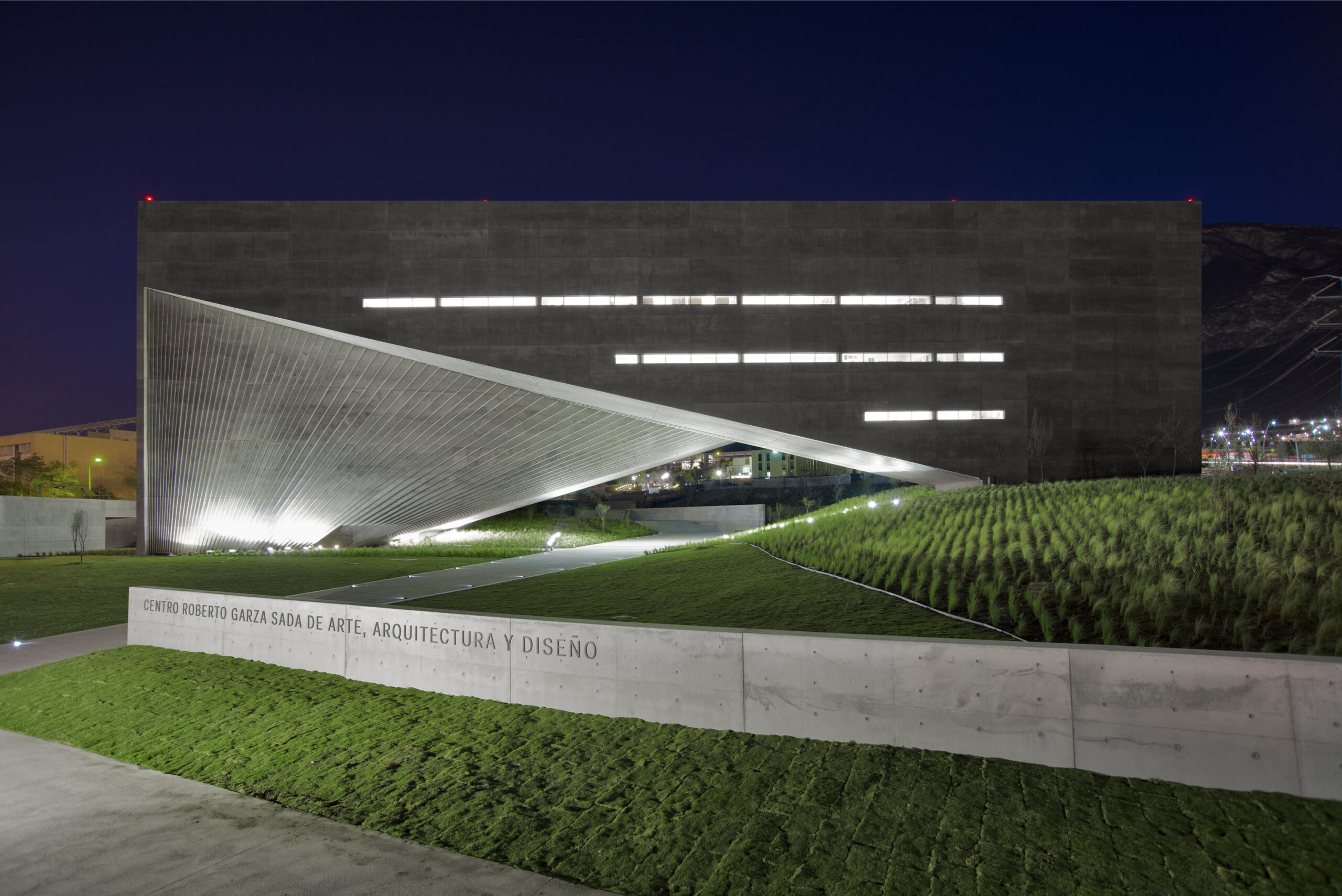
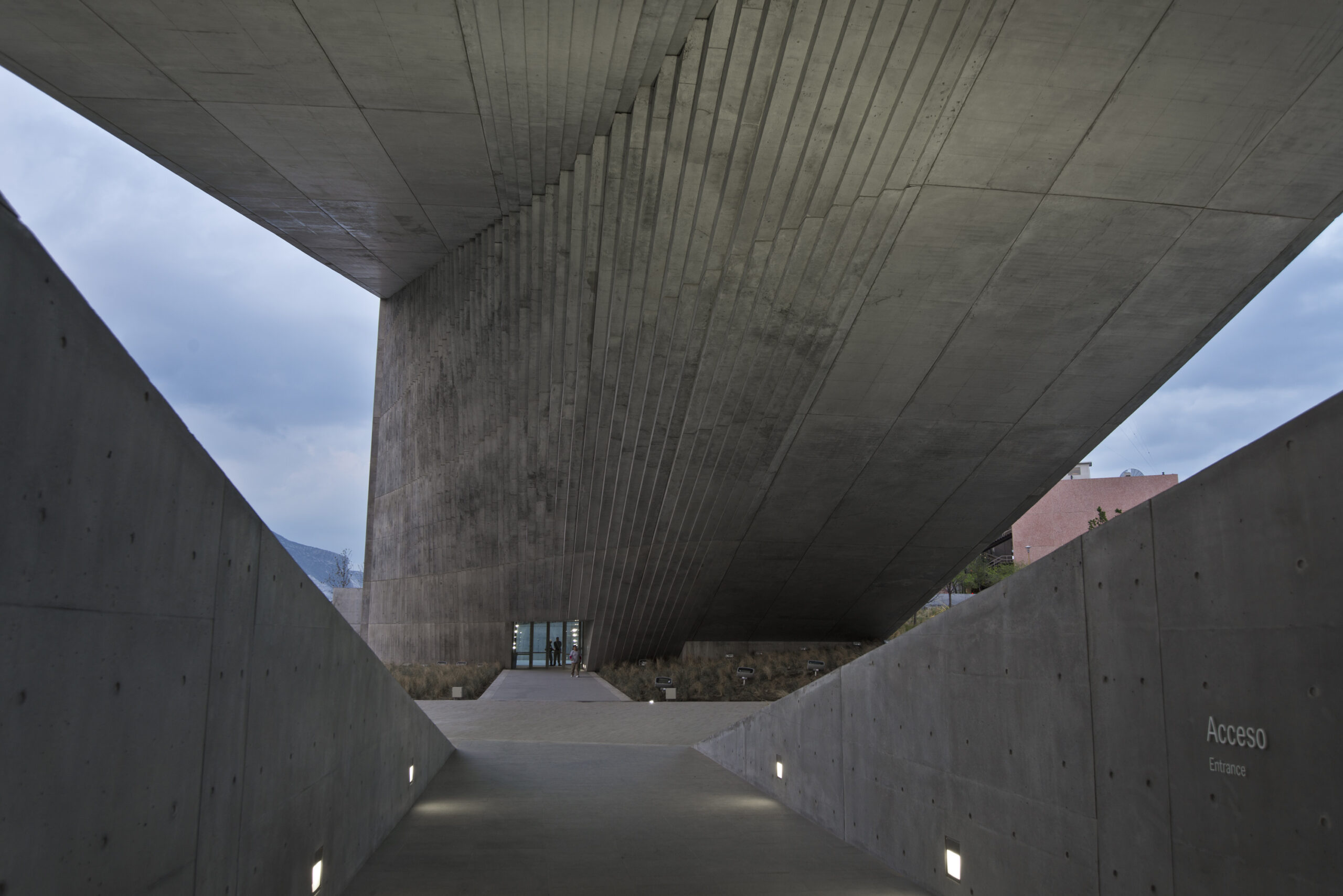

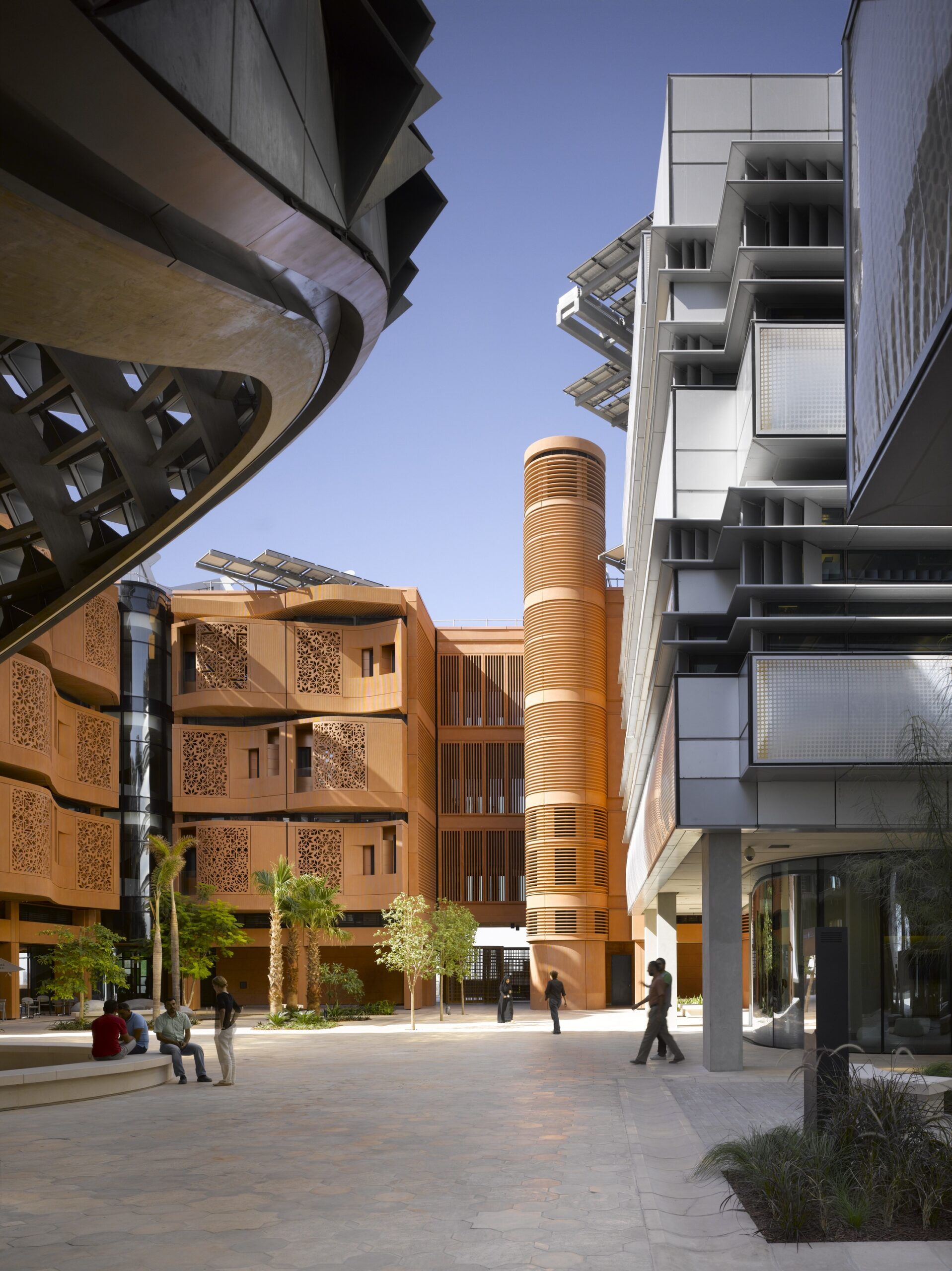 The façade design of the residential buildings at the Masdar Institute offers a modern interpretation of Al Mashrabiya, which is a traditional Islamic architecture element where turned wood is used to produce latticed patterns adorning oriel windows facing that face the streets, for shading and privacy. For materials, the façades are constructed out of sustainably developed glass-reinforced concrete and colored with local desert sand to integrate the building with the context, with the buildings being completely powered by solar energy. Through an alternation of the façade elements between recession and protrusion and proper building orientation, the building is not only self-shading but is also sheltering of the neighboring buildings and the pedestrians at street level.
The façade design of the residential buildings at the Masdar Institute offers a modern interpretation of Al Mashrabiya, which is a traditional Islamic architecture element where turned wood is used to produce latticed patterns adorning oriel windows facing that face the streets, for shading and privacy. For materials, the façades are constructed out of sustainably developed glass-reinforced concrete and colored with local desert sand to integrate the building with the context, with the buildings being completely powered by solar energy. Through an alternation of the façade elements between recession and protrusion and proper building orientation, the building is not only self-shading but is also sheltering of the neighboring buildings and the pedestrians at street level.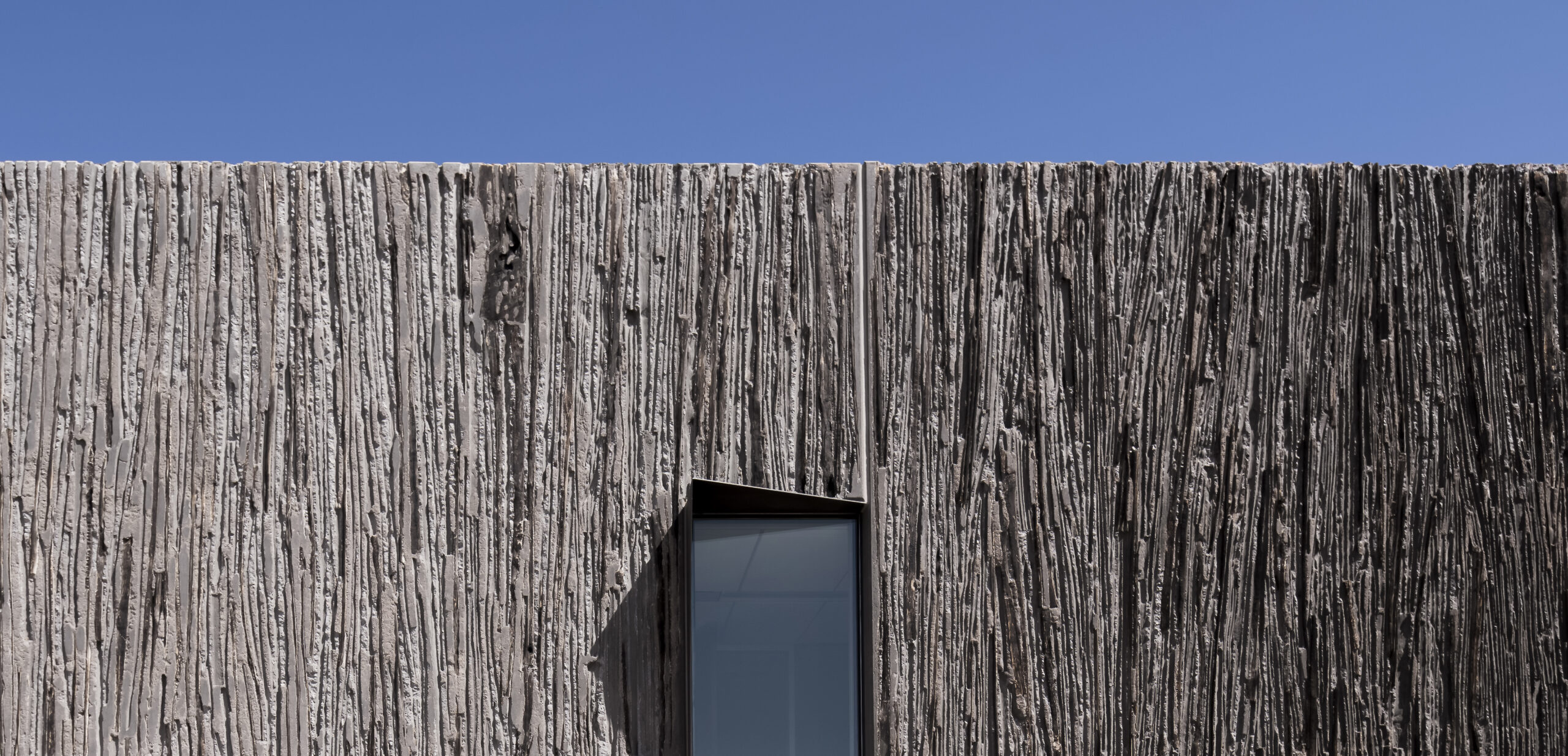
 Built on the land of the Salt River Pima Maricopa Indian Community (SRP-MIC) in Arizona, the building rose from the ground holding traces of the native saguaro cactus, in a notion that celebrates the indigenous community’s connection to their land. Technically speaking, the façade design utilized imbedding saguaro ribs into concrete tilt panels, organized into the formwork during construction and protected against concrete by pouring sand into the ribs.
Built on the land of the Salt River Pima Maricopa Indian Community (SRP-MIC) in Arizona, the building rose from the ground holding traces of the native saguaro cactus, in a notion that celebrates the indigenous community’s connection to their land. Technically speaking, the façade design utilized imbedding saguaro ribs into concrete tilt panels, organized into the formwork during construction and protected against concrete by pouring sand into the ribs.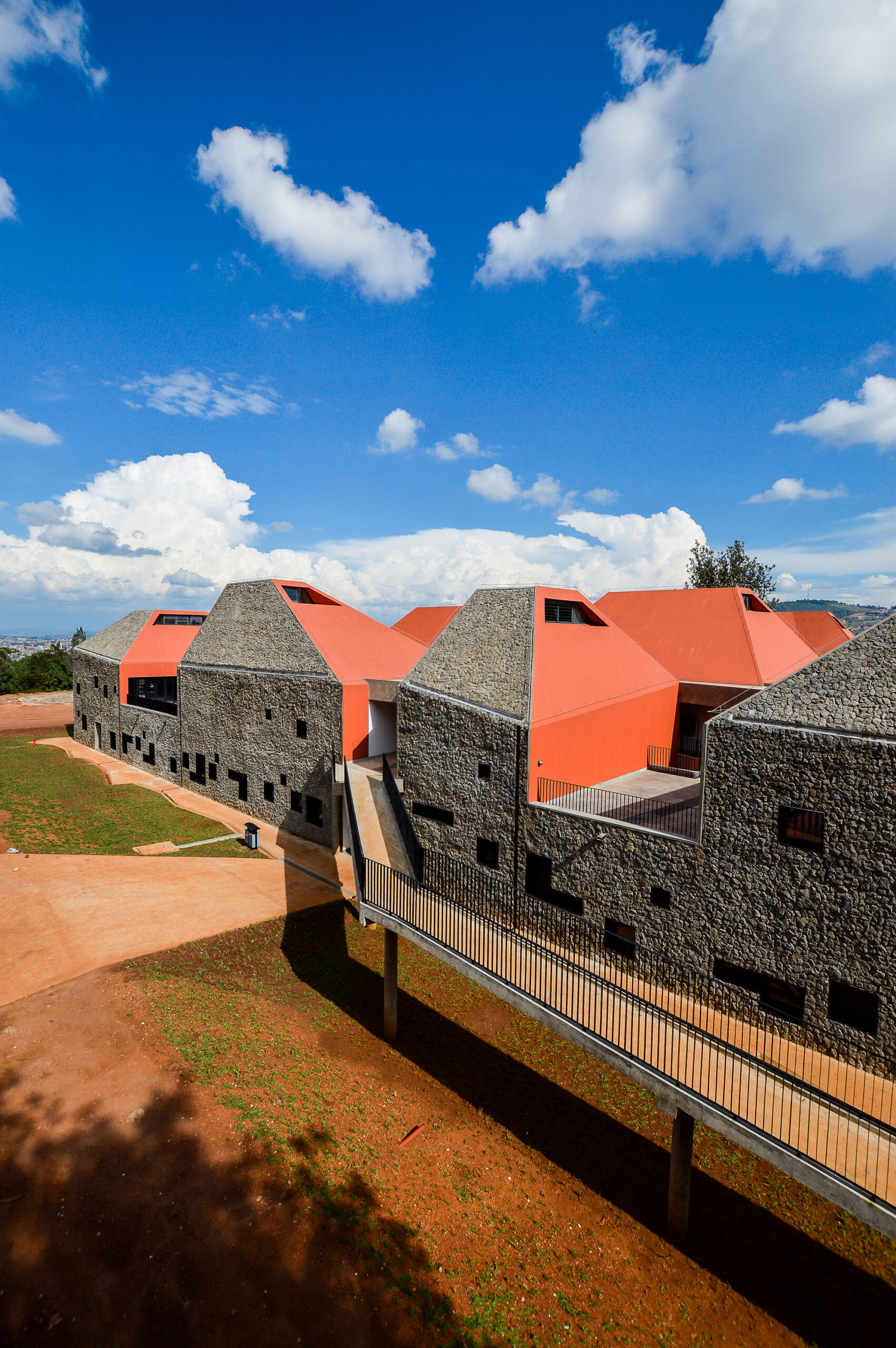
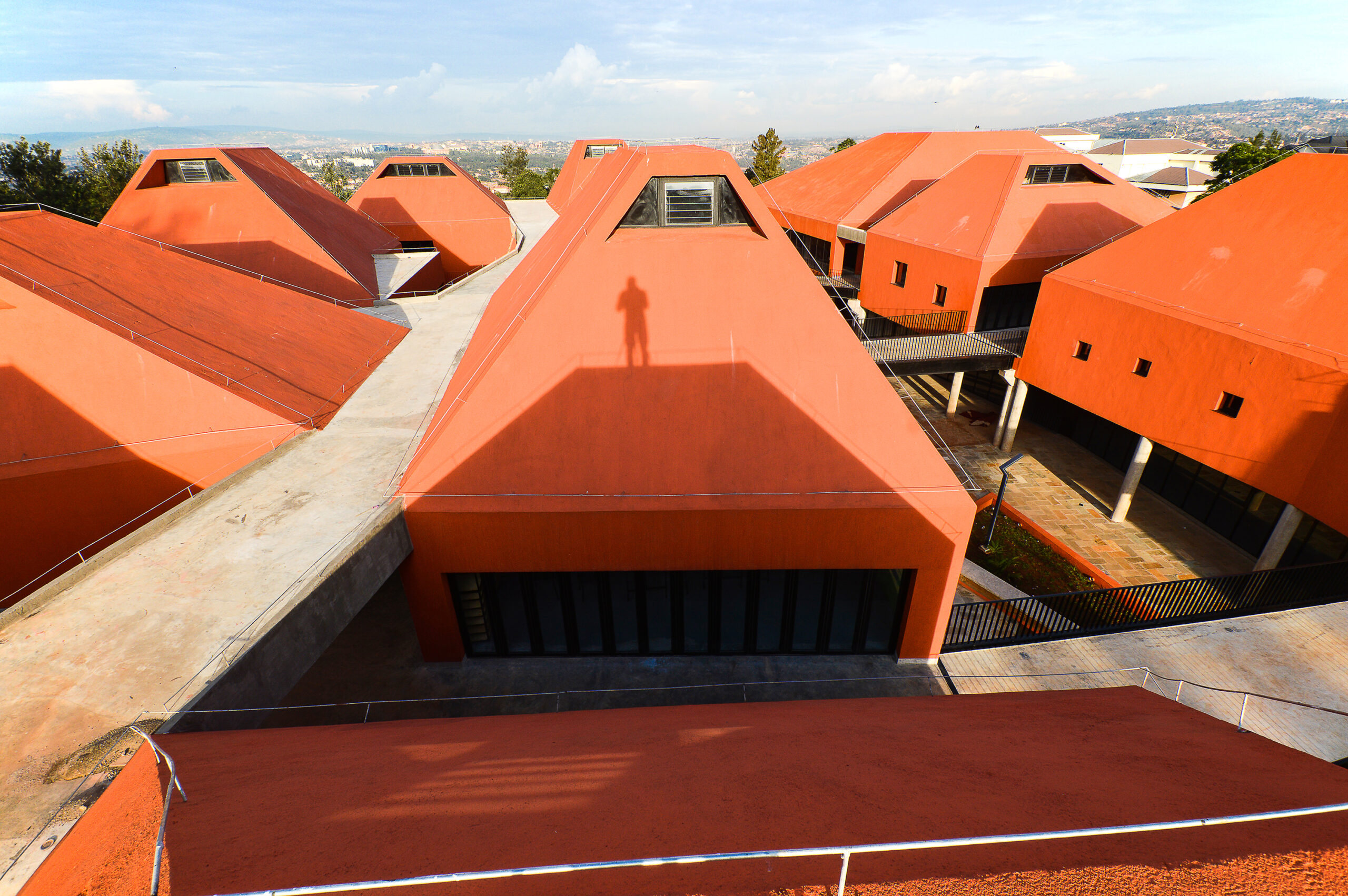 For design of the new Faculty of Architecture and Environmental Design in Kigali, the architectural team drew inspiration from the surrounding landscape and topography, reflected on the thirteen distinctively shaped prism volumes that house the classrooms and design studios. The façade design further emphasized the distinctiveness of the prism shapes, alternating in materials between the local lava rocks and rammed earth on the exterior side of the prisms and a striking orange color on the interior sides.
For design of the new Faculty of Architecture and Environmental Design in Kigali, the architectural team drew inspiration from the surrounding landscape and topography, reflected on the thirteen distinctively shaped prism volumes that house the classrooms and design studios. The façade design further emphasized the distinctiveness of the prism shapes, alternating in materials between the local lava rocks and rammed earth on the exterior side of the prisms and a striking orange color on the interior sides.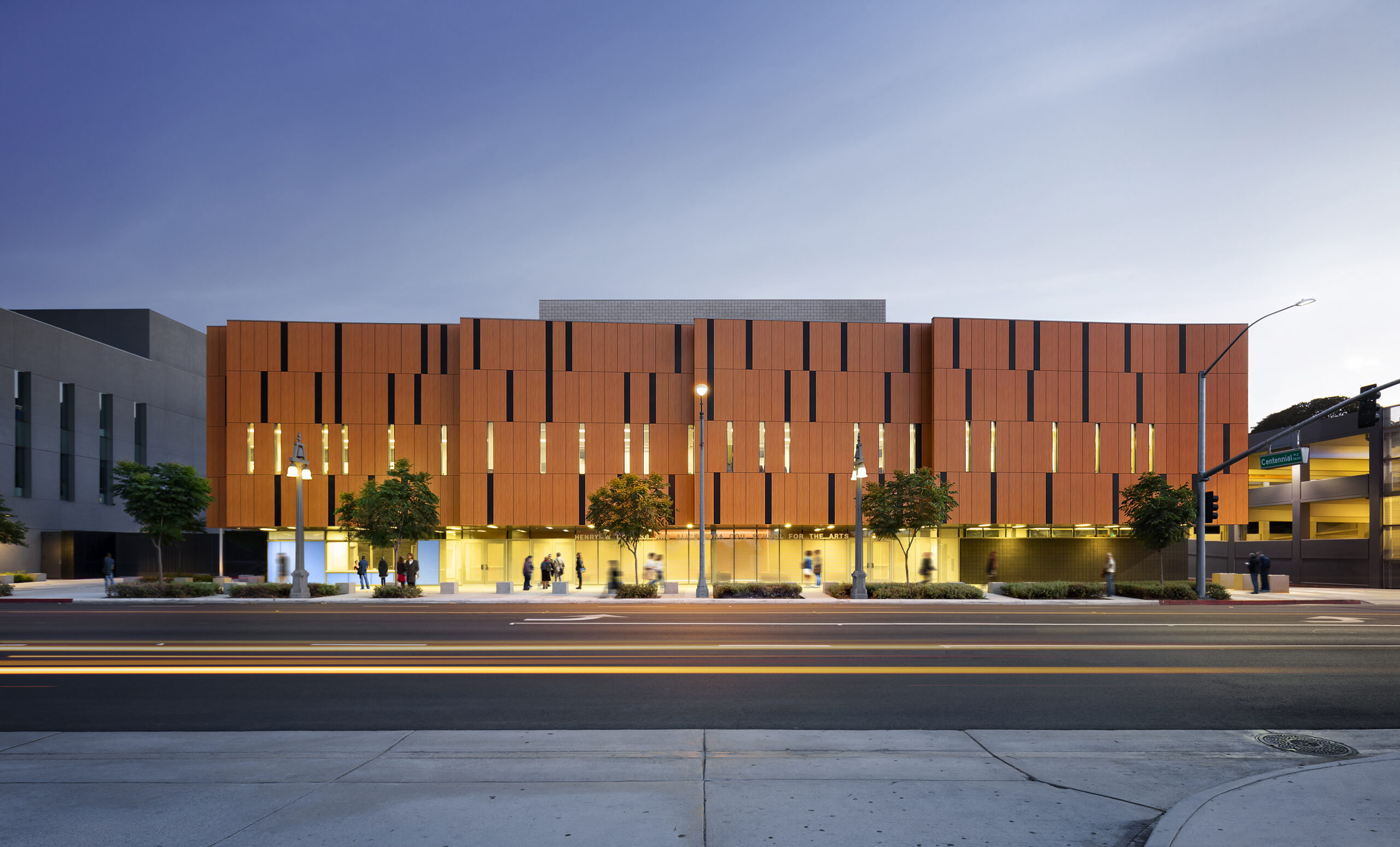
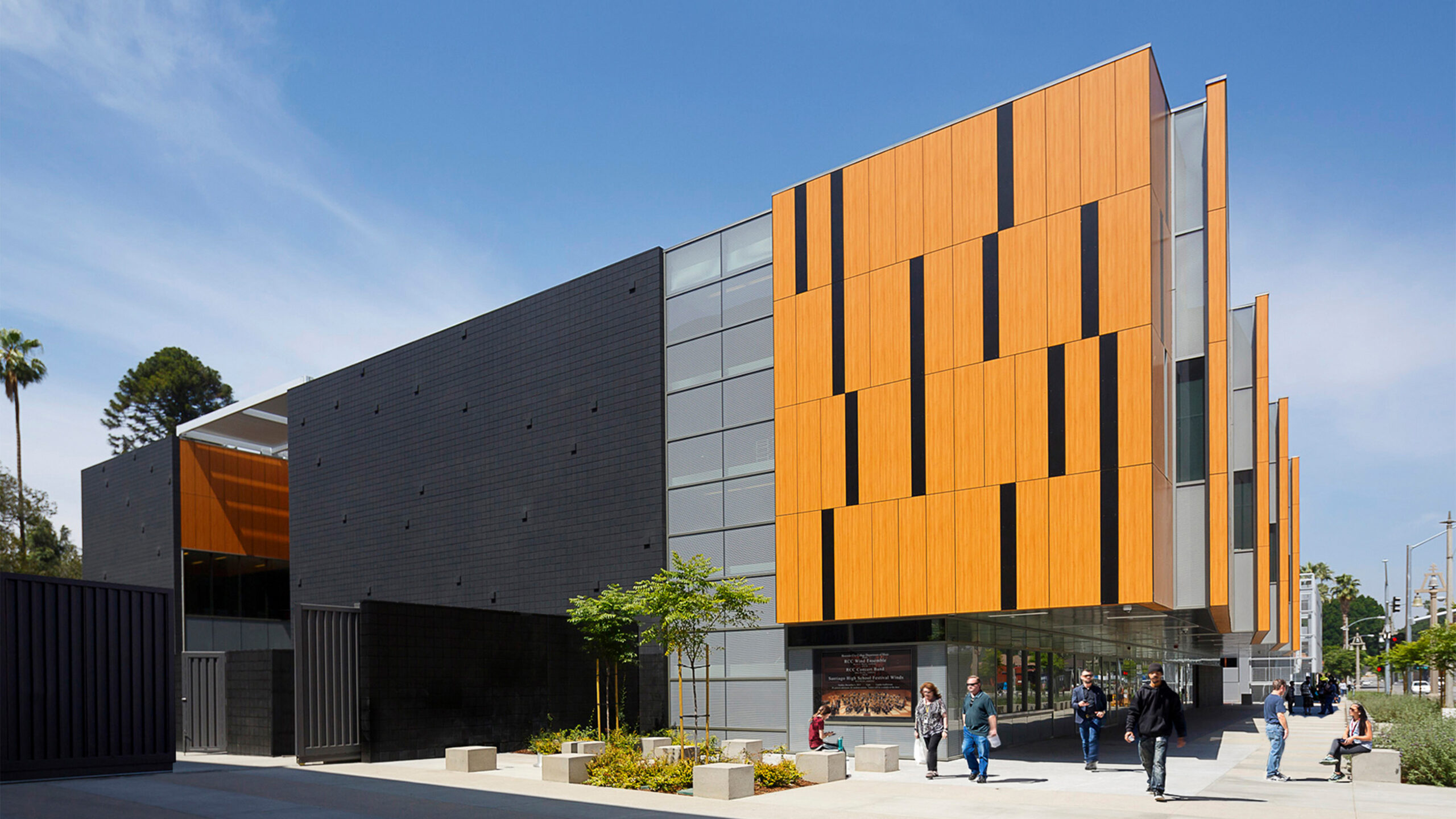 The music that plays inside the new Coil School for the Arts could be seen reflected on the façade design of the main elevation, constructed out of phenolic wood panels that evoke the craftsmanship of wooden music instruments, with a pattern that is inspired by the sheet music notations. In response to the desert climate of the area and the building program’s acoustical requirements, heavy concrete grouted masonry was used as the main construction material of the LEED Silver certified building, with openings kept minimum on the building’s exterior and the building mass pushed back at street level to create a sheltered outdoor lobby where visitors can gather. On the southeast façade, an intimate courtyard is designed for students for gatherings and informal concerts, shaded with a trellised structure that filters out the noise from the street and the harshness of the sun.
The music that plays inside the new Coil School for the Arts could be seen reflected on the façade design of the main elevation, constructed out of phenolic wood panels that evoke the craftsmanship of wooden music instruments, with a pattern that is inspired by the sheet music notations. In response to the desert climate of the area and the building program’s acoustical requirements, heavy concrete grouted masonry was used as the main construction material of the LEED Silver certified building, with openings kept minimum on the building’s exterior and the building mass pushed back at street level to create a sheltered outdoor lobby where visitors can gather. On the southeast façade, an intimate courtyard is designed for students for gatherings and informal concerts, shaded with a trellised structure that filters out the noise from the street and the harshness of the sun.